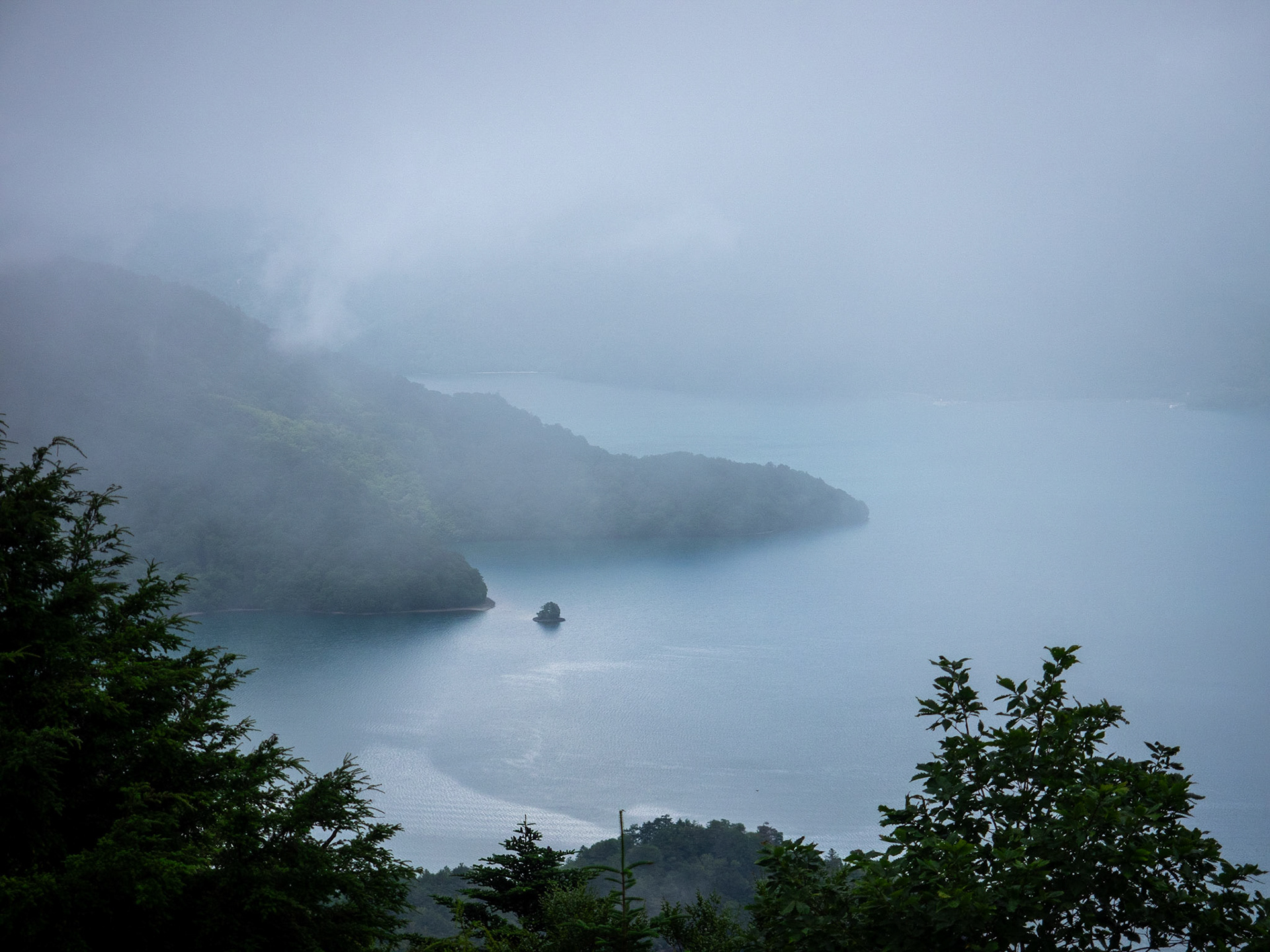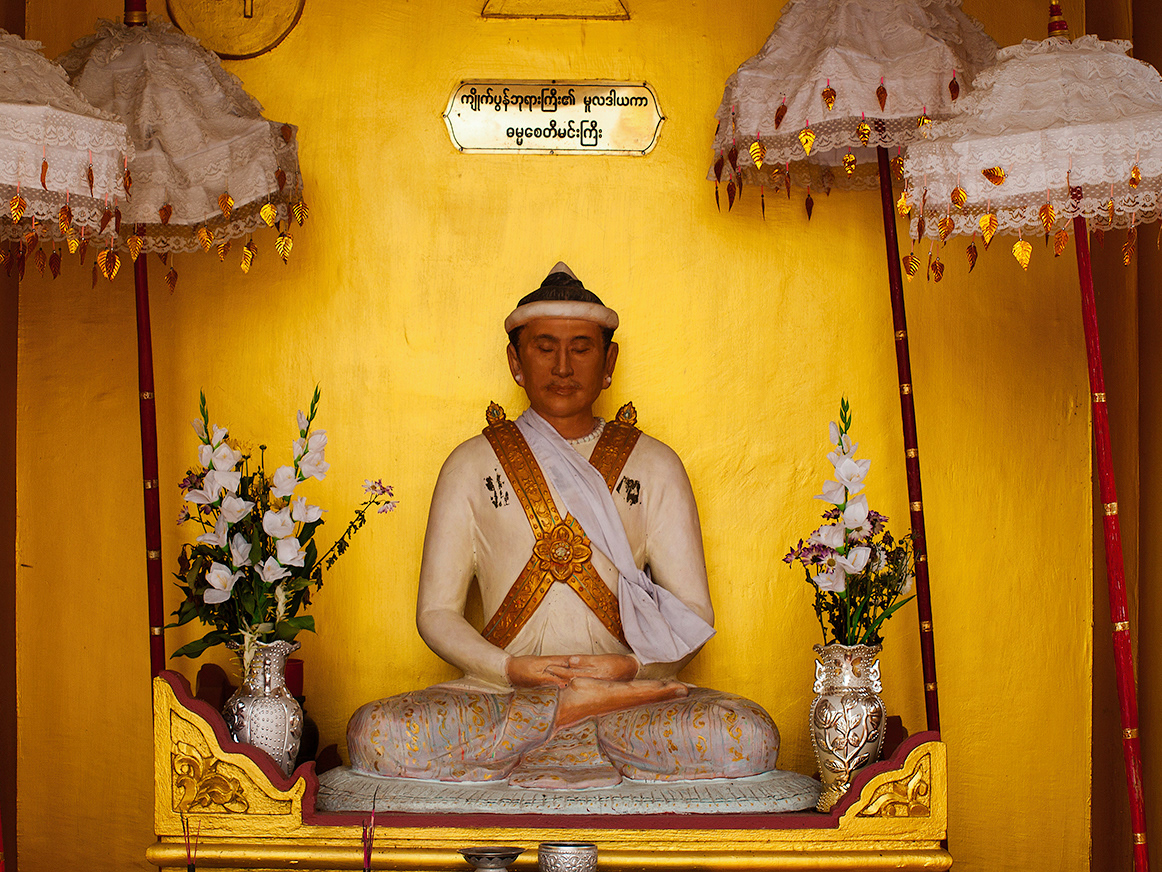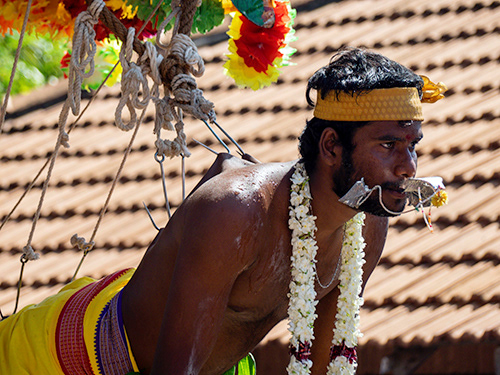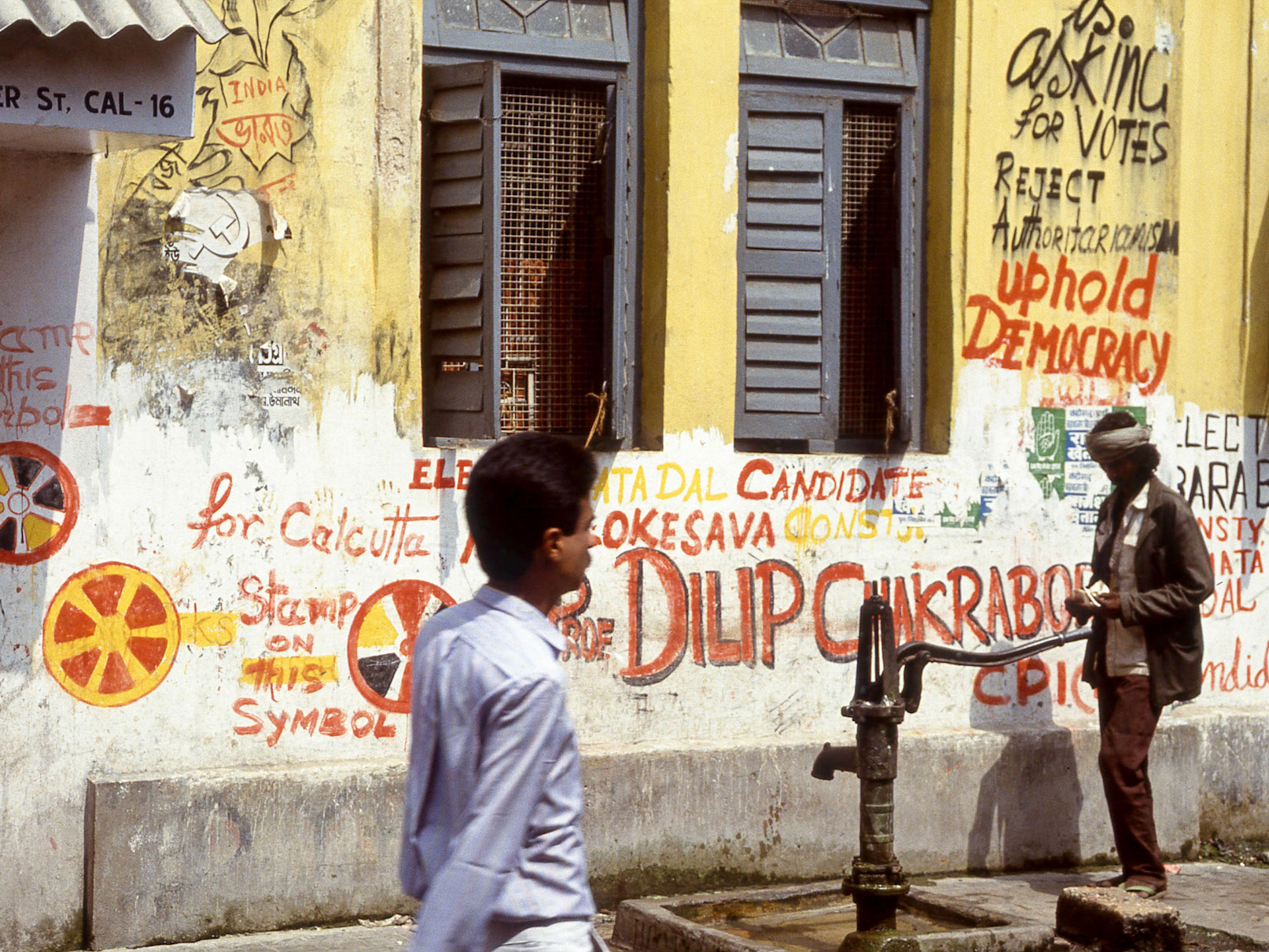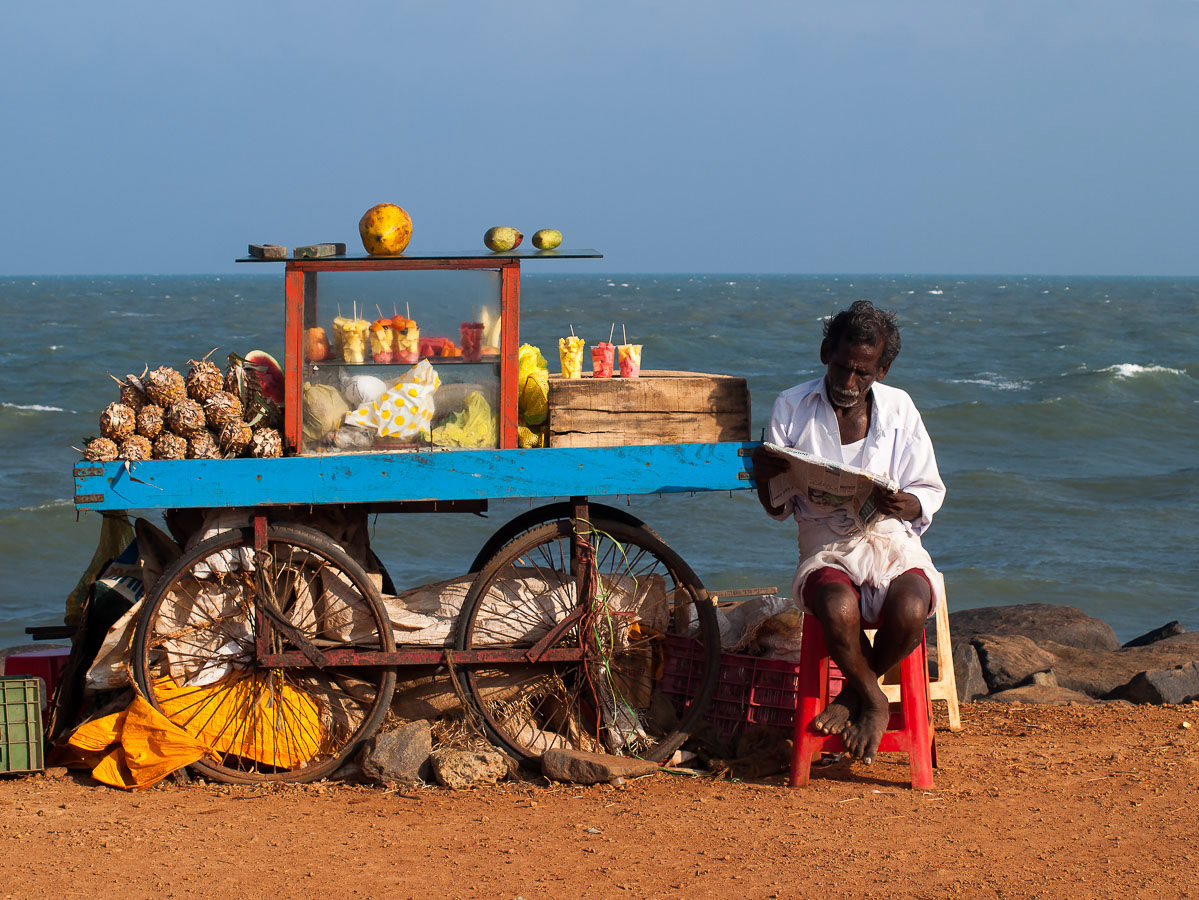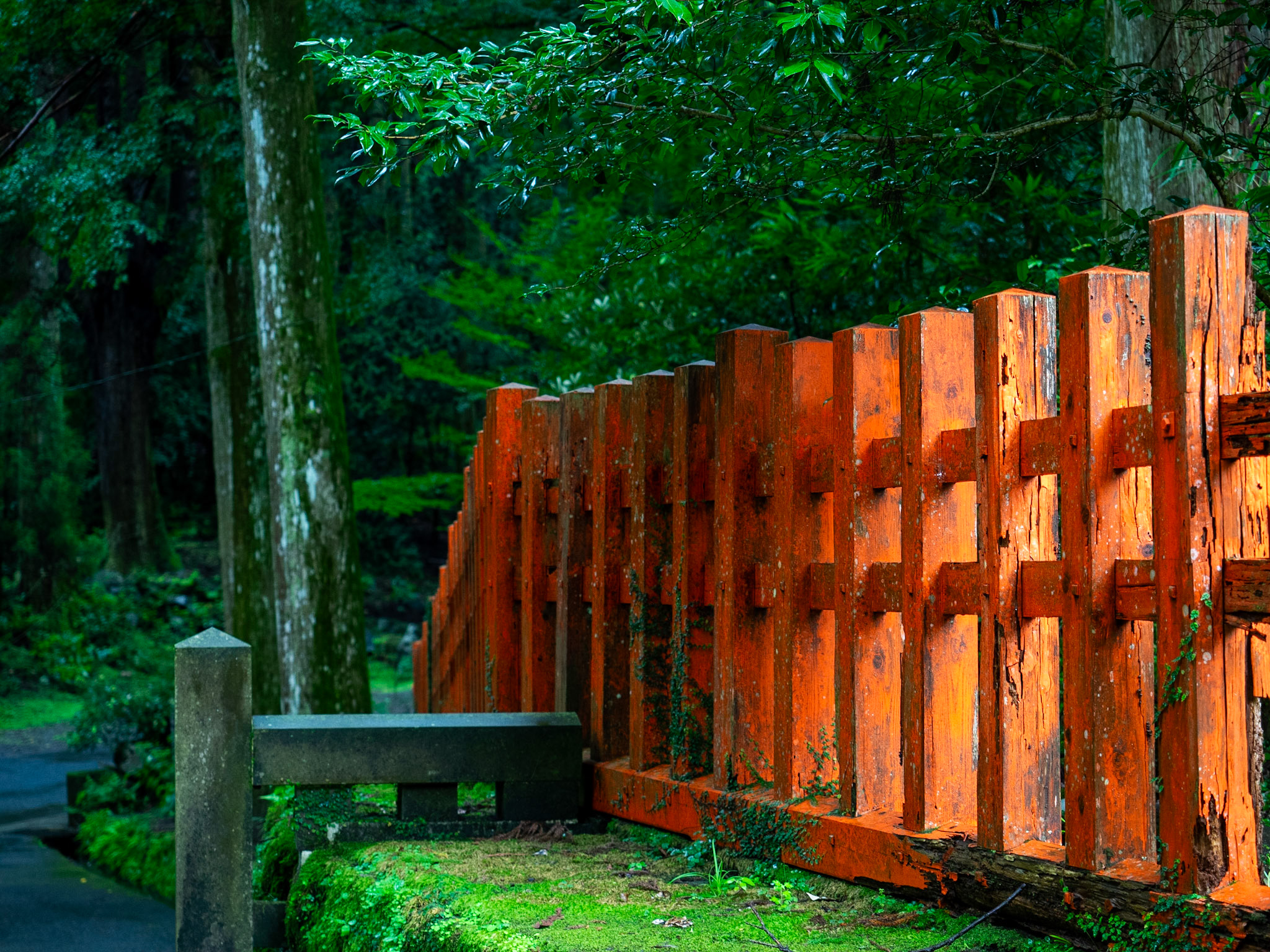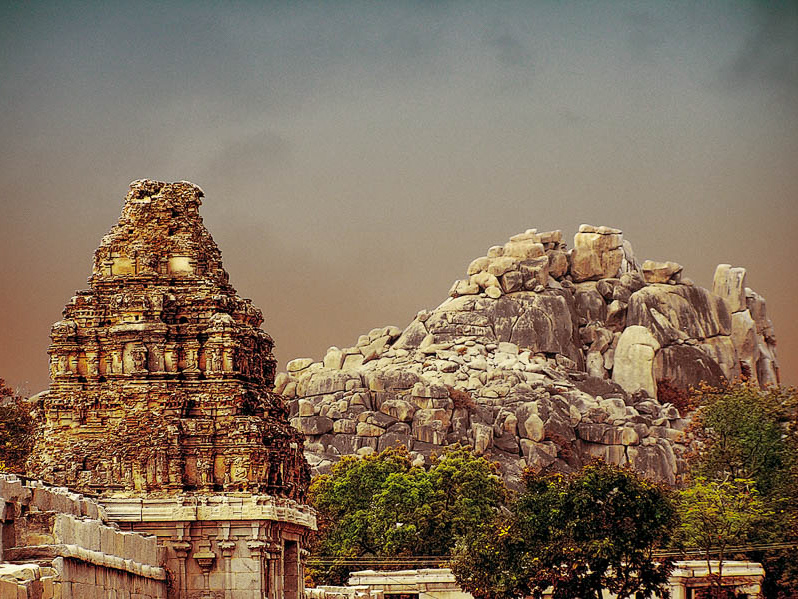Japan
2008, 2023
There are thousands of blogs, web sites, and resources to deal with travelling in Japan. However if you you want to go further than Tokyo, Kyoto, and Osaka - and you should - this cuts out 90% of the available stuff.
This page is about some places in Honshu outside of the 'Big Three'
Northern Honshu
Aomori Province
A stand out area to visit. Absolutely worth hiring a car, not just to get places , but for the great views & stops along the way. And for some of the more obscure but excellent attractions.
Some curated highlights
Hachinohe makes a very good stop. On the shinkansen line, it's a town that's easy to get to, has decent business hotels in the town centre, friendly people, and a very good food scene. This includes 'Food Alley' - a generally very approachable set of yatai stalls in the centre of town. Provided you're happy to squeeze in, & possibly use Google Translate on the short menu offerings.
Hachinohe also boasts a fascinating Shinto Shrine populated by thousands of gulls, and is only a bit up the road from great views at the top of the Coastal Path.
Aomori, in contrast, doesn't really have a lot going for it. A good Nebuta Museum is about it for the centre of town. Though we did have the best sashimi of our lives at an Aomori restaurant. And the food is really all that would keep you there. The exception would be if you have a fetish for apples. Aomori and Hirosaki are the centres of Japanese apple production, and are full of apple everything; from food, drinks, & keychains to letter boxes & bus stops, apples are everywhere.
Towada
A small town part way between Hachinohoe and Lake Towada, this is the unlikely site for a truly great small modern art museum. It has a bit of a focus on sculptures & installations, both inside, and dotted through the parkland around it.
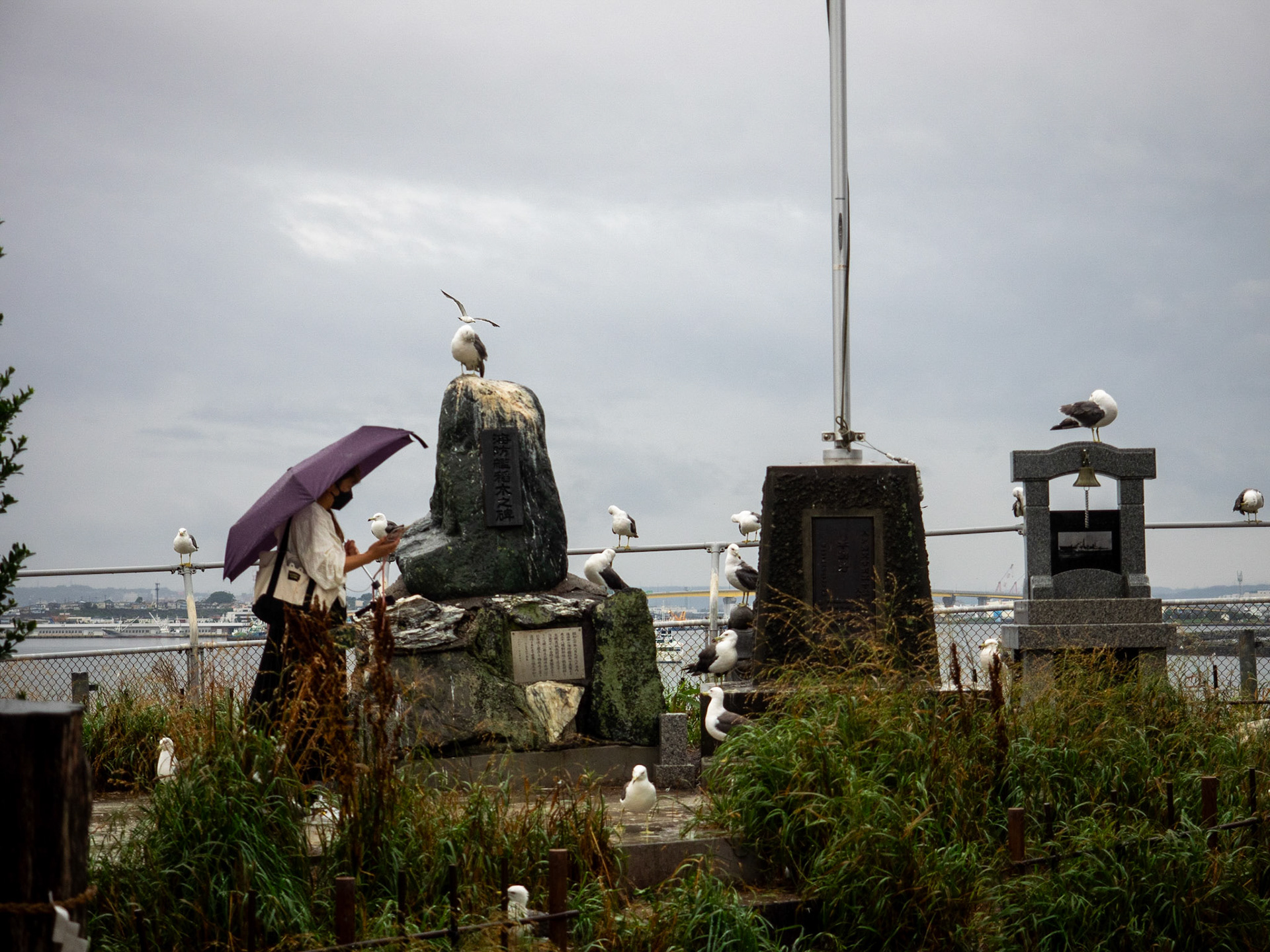
Hachinohe
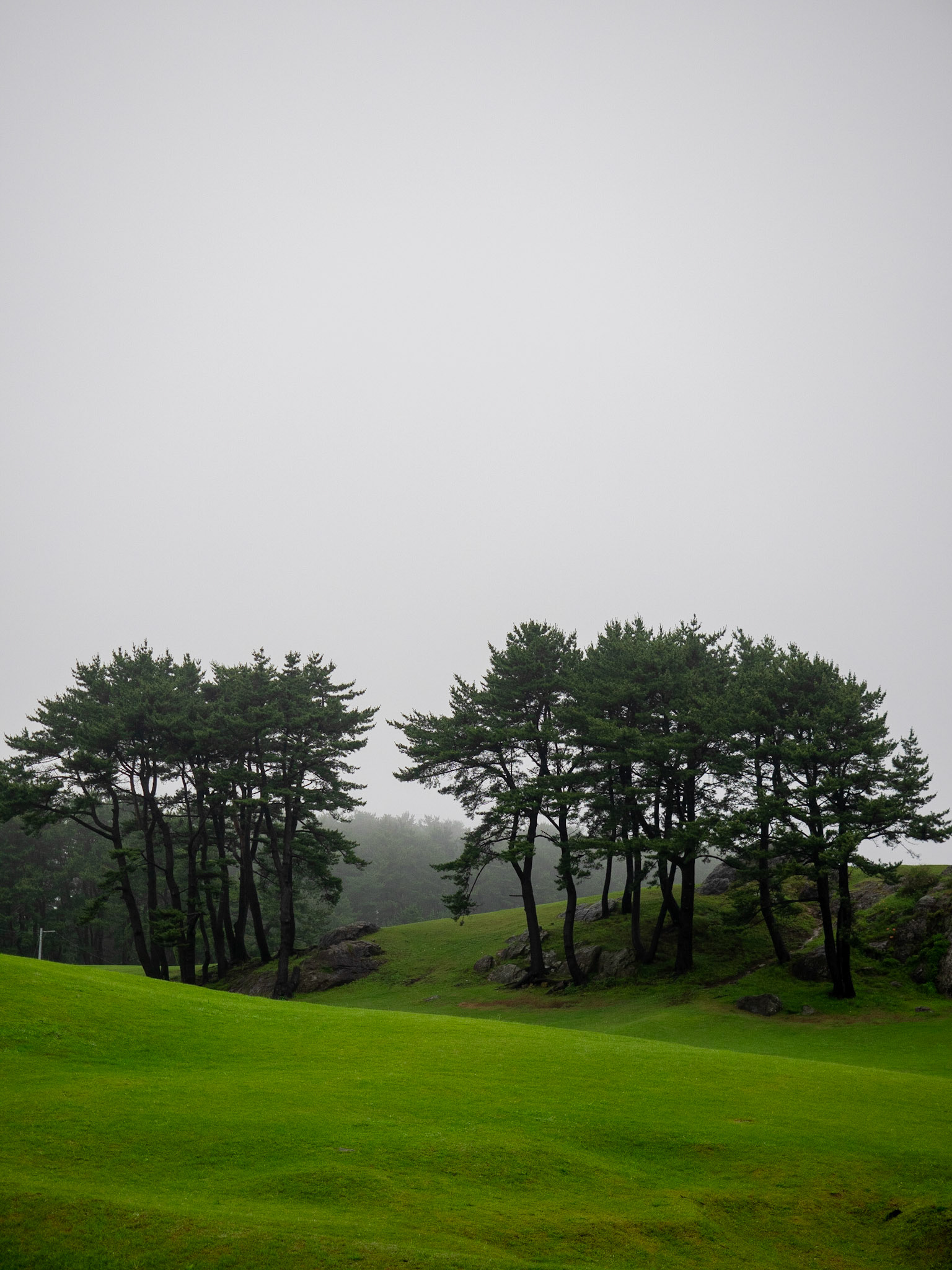
Tanesashi Coast, Hachinohe
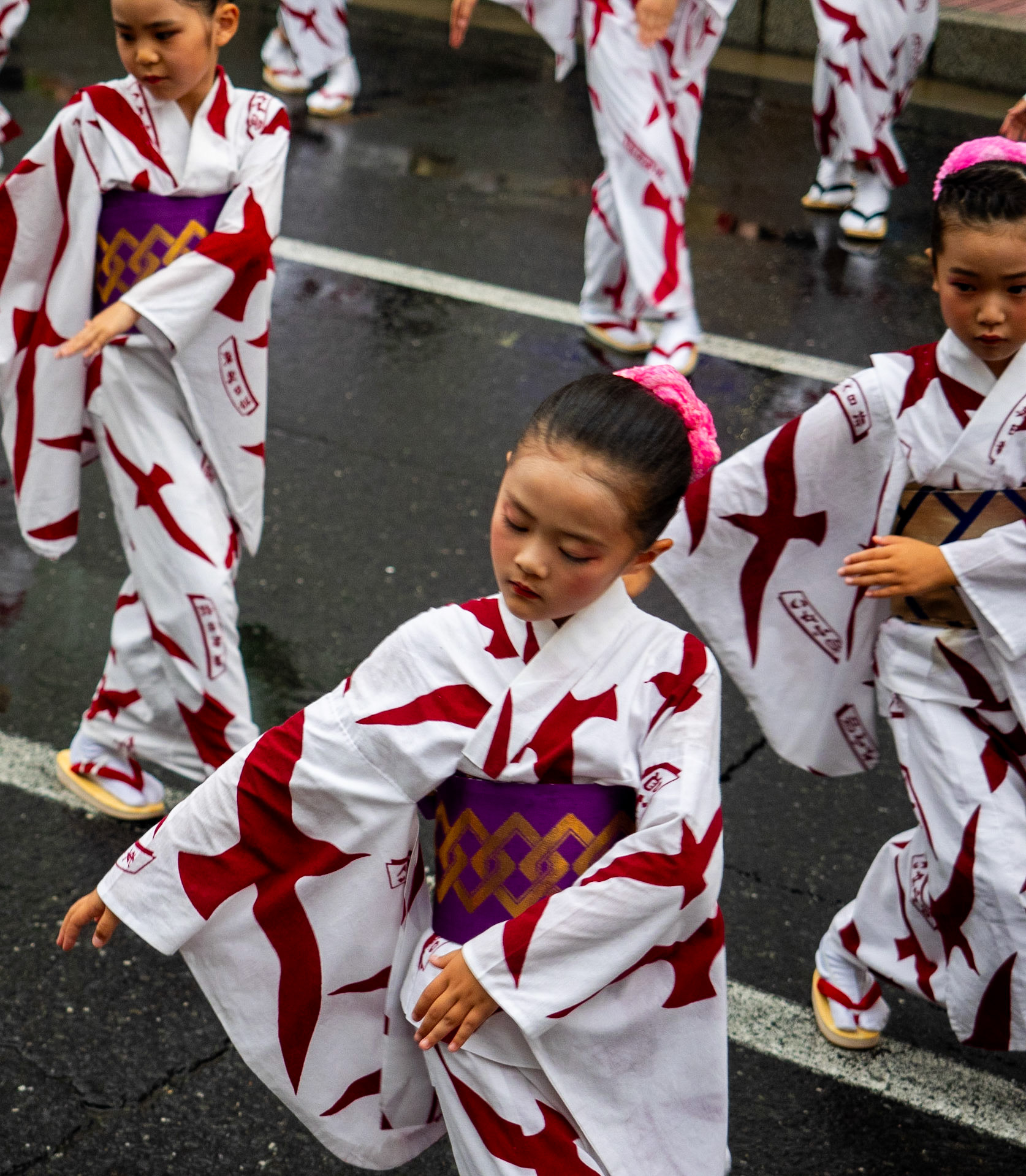
Festival, Hachinohe
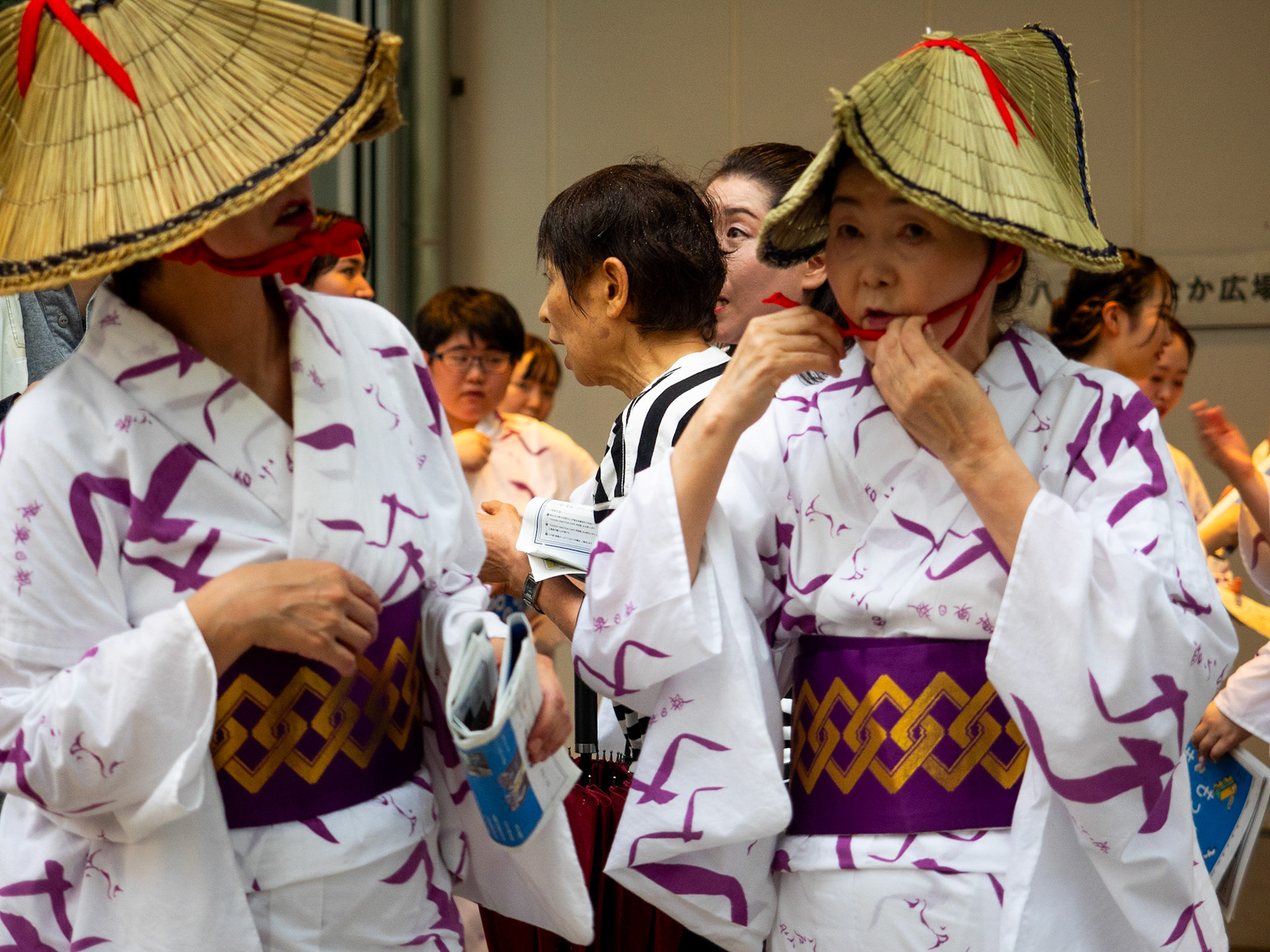
Festival, Hachinohe
Towada
A small town part way between Hachinohoe and Lake Towada, this is the unlikely site for a truly great small modern art museum. It has a bit of a focus on sculptures & installations, both inside, and dotted through the parkland around it.
Lake Towada & Oriase Gorge
Oriase Gorge is a famous beauty spot and walking trail that flows from Lake Towada. Lake Towada itself is a high altitude lake, the largest crater lake in Honshu, surrounded by picturesque mountains, all within a National Park. The Gorge trail itself is some 14 km long, with the most scenic sections in the half nearer Lake Towada. There are various small parking areas along it's length if you don't want to walk the whole thing.
In summer, the crowds aren't too bad, especially if you walk a couple of hundred metres from the access points, but in autumn it's apparently a traffic jammed madhouse, as Japanese flock to see the autumn foliage. Absolutely worth a visit outside that time. Local buses do run along the Stream, but their schedule is very drawn out - over an hour or more between buses.
There's also a picturesque small Shinto shrine further round the lake, Towada-jinja Shrine, near the main centre for Japanese holiday makers.
The drive around the northern crater rim and on to Hirosaki is wonderfully scenic, with a number of viewpoints, thick cloud permitting, and along river valleys toward Hirosaki.
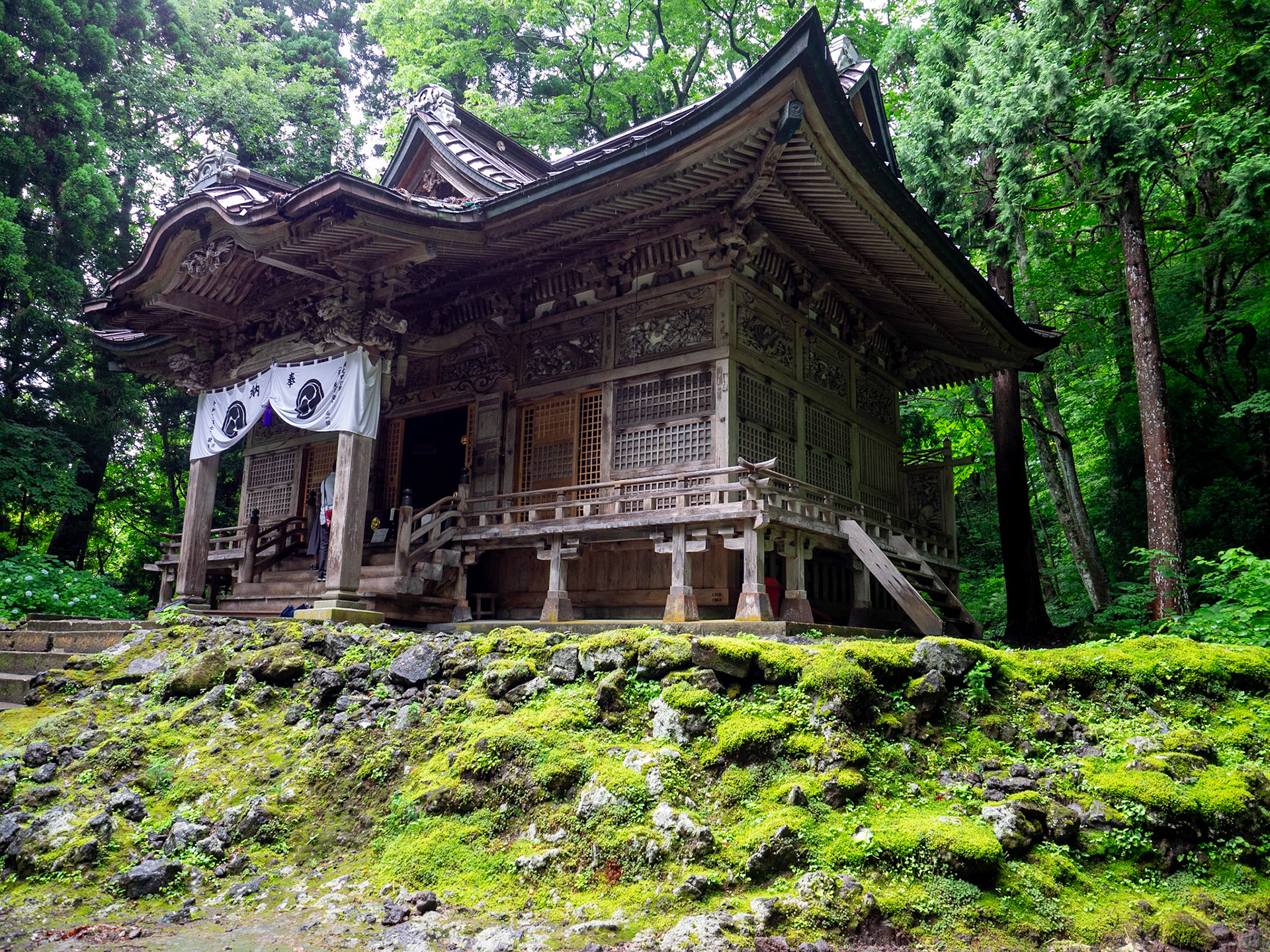
Towada-jinja Shrine, Lake Towada
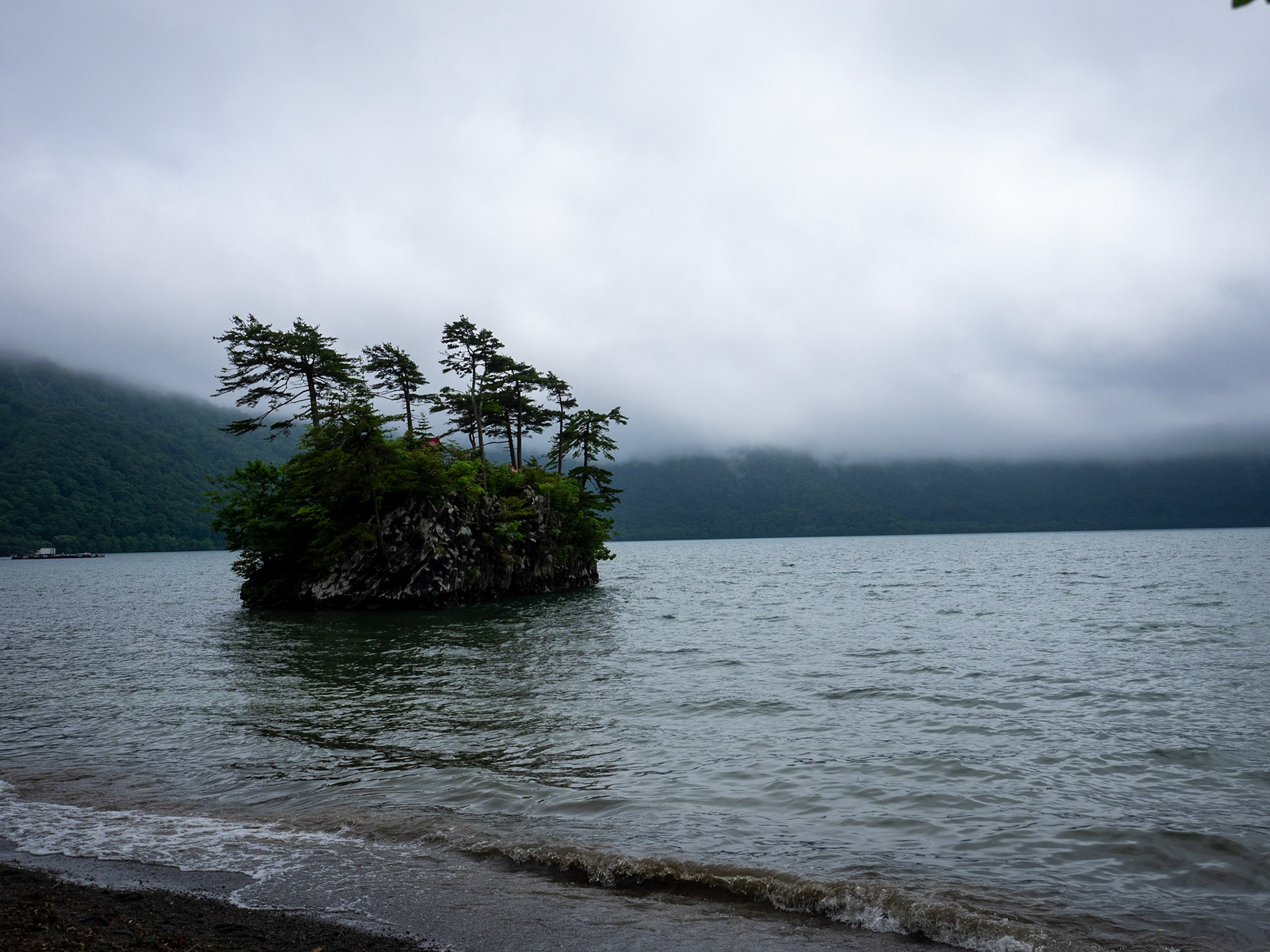
Lake Towada

Oriase Gorge
Goshogawara
The Aomori region is famous for it's nebuta, or neputa, festivals and floats. These illuminated extravaganzas, of paper, bamboo, and these days, hi-tech internal lighting, can be seen outside of festival time - early August - in museums at Aomori and Hirosaki.
However the small town of Goshogawara, north west of Hirosaki, has it's own spectacular nebuta museum. The Tachineputa Museum there houses Goshogawara's version of the floats - enormous towering edifices, in a purpose built building, which are truly mind blowing.
Hirosaki
This is an 'almost' small city. It's got a range of attractions; a castle, the Neputa Museum, a famous garden, and so on.
But I have to say, other than the Neputa Museum, none are particularly spectacular. Nice, without being memorable in their own right.

Neputa Float, Hirosaki
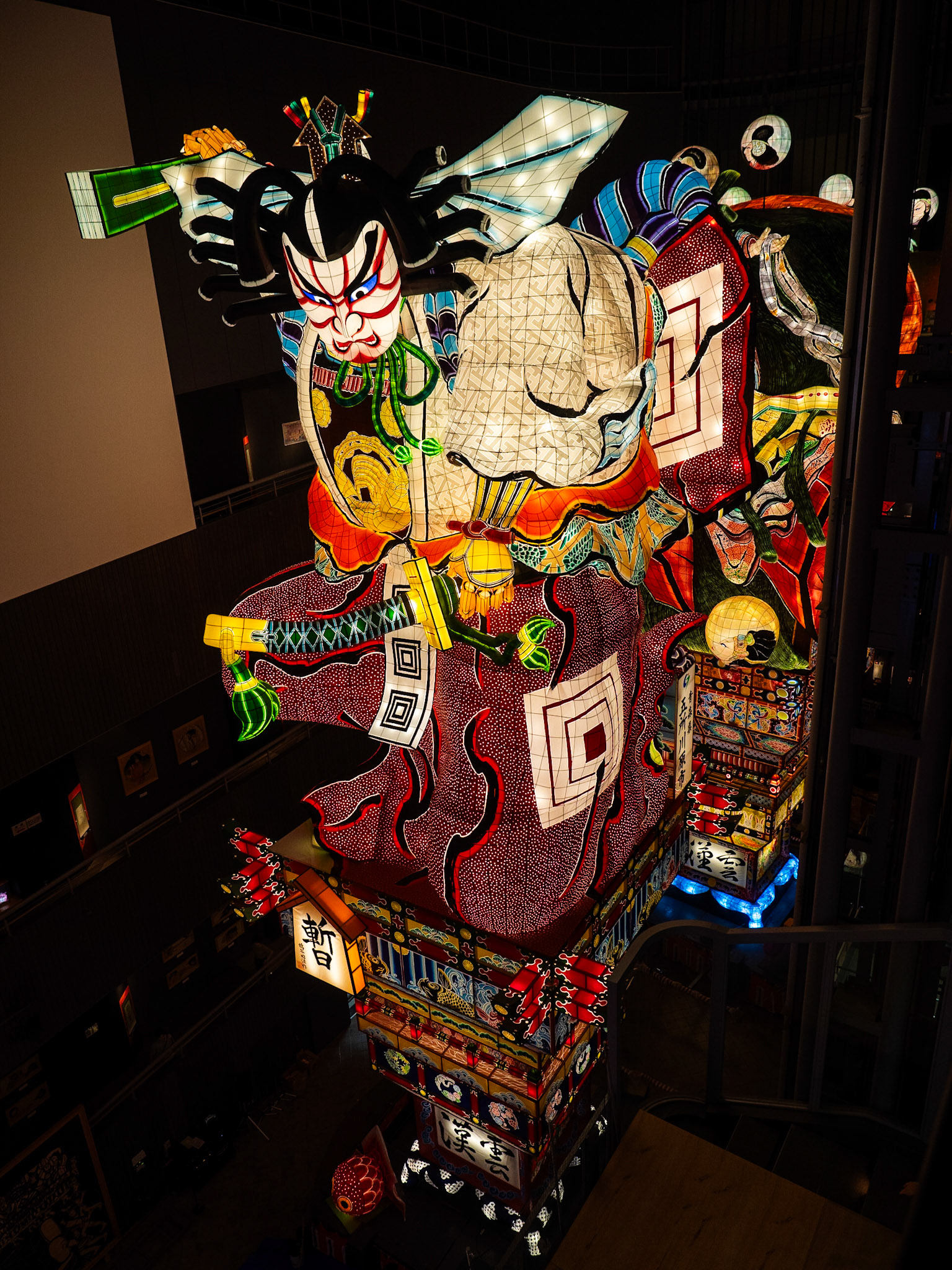
Neputa Float, Goshogawara
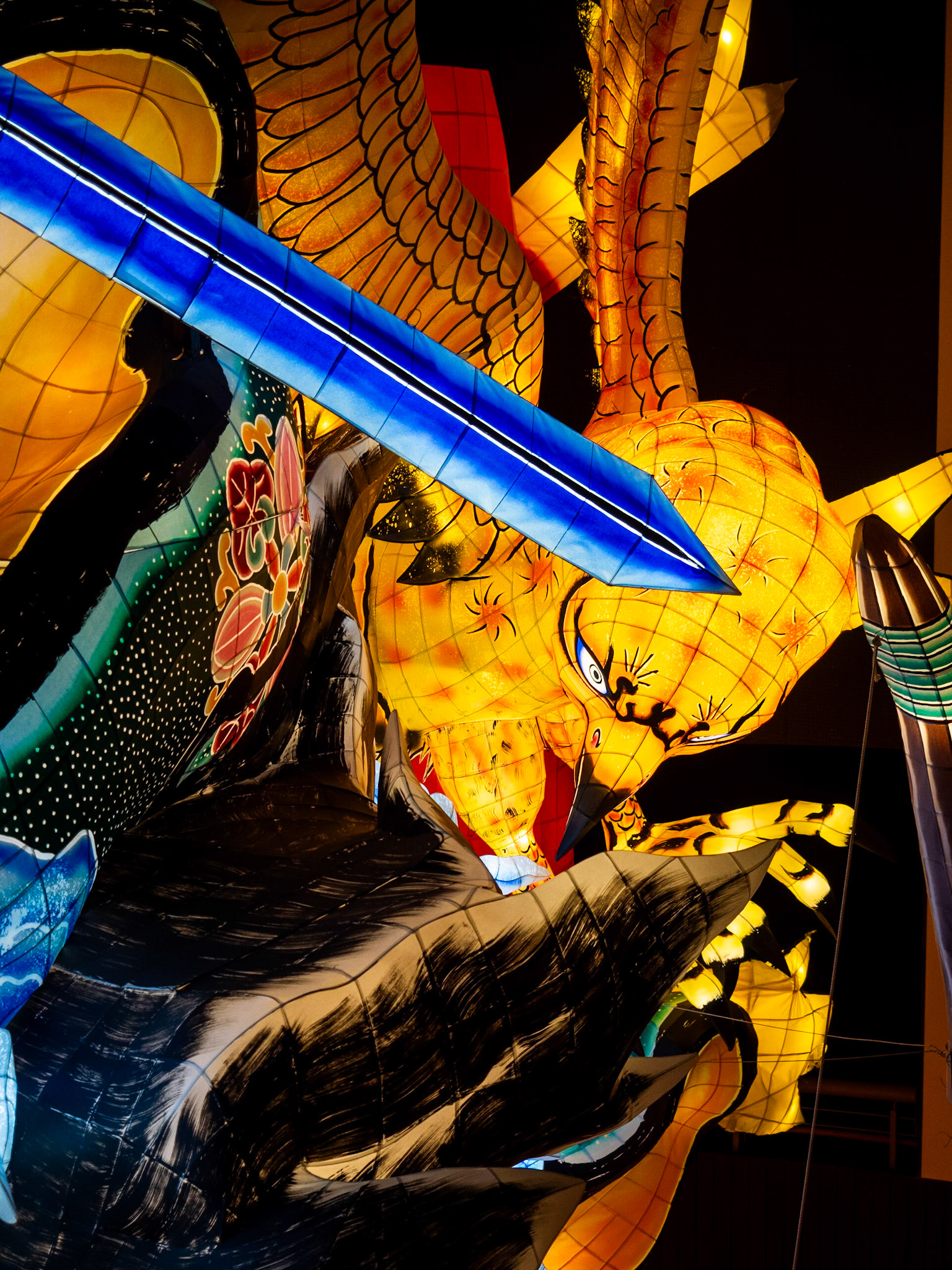
Neputa Float, Goshogawara

Neputa Float, Goshogawara
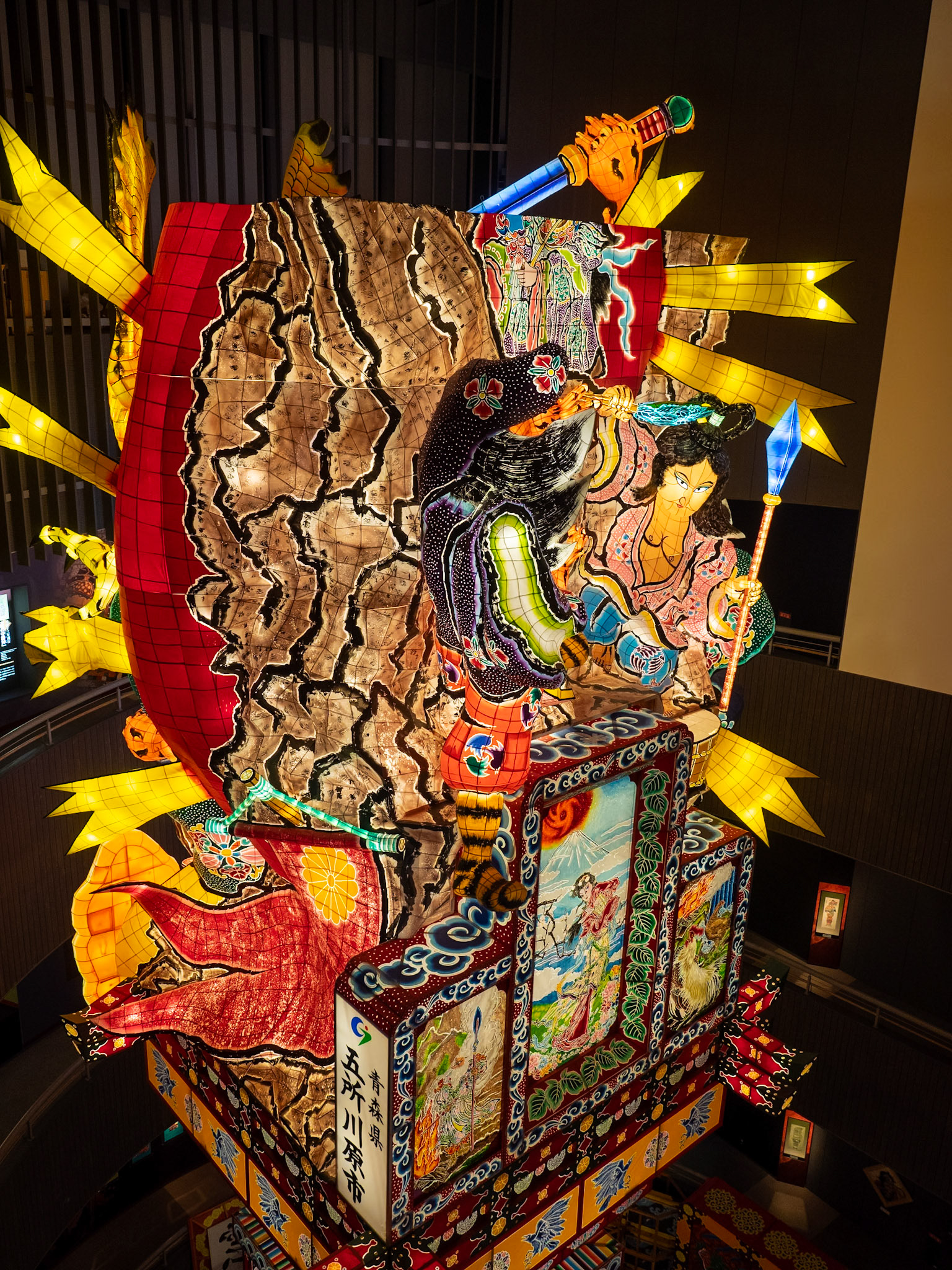
Neputa Float, Goshogawara
Sendai and Surrounds
Sendai is a very attractive city to spend a few days. The footpaths are wide, it's status as a University town gives it a readily accessible cool persona, with a multitude of interesting & quirky shops, and the food scene is outstanding. Most things can be found in the area between the bustling station complex, and on to the west until you reach Itsutsubashi-dori Ave. It's possible to walk this entire distance through major covered shopping arcades.
On the other hand, it's tourist attractions aren't magnificent. The reconstructed Zuihoden Temple, a mausoleum to Date Masamune, is a small & ornate building nestled in forest at the top of a steep hill. A couple of subsidiary family shrines are just as interesting, as is the mass of pop culture Date Masamune artifacts in the gift shop.
The castle ruins are just that, though with a view over Sendai. As of 2023 the major city museums & galleries were all closed for major renovations, which are ongoing.
Sendai makes much of it's Loople bus for tourists, making hop on, hop off stops around the city. Unfortunately, having tried the Loople bus on a couple of days, in low tourist season at that, I can really only recommend it for people who are desperate to experience Tokyo's peak hour subway crush for themselves. And it was that rare public transport beast in Japan, often very very delayed.
Matsushima Bay
Famed as one of the 'Three Great Views Of Japan', Matsushima Bay is an easy local train hop from Sendai, and very popular as a day trip. To be honest, in my opinion, the bay, the view, and the low islands dotted with pine trees, are vastly over rated. Still, there are some pleasant walks around Oshima Island and, further afield, Fukuurajima Island.
The highlights of Matsushima for me were the small but beautiful gardens of Entsuin Temple, and beside it, the buildings and paintings of Zuiganji Temple. Both are an easy stroll from the station.
It is possible, and pretty straightforward, to catch a boat from Matsushima Pier to Shiogama, thus combining some sightseeng with actually going a bit further than most of the circular cruises. Though you can't escape the soundtrack of cliched commentary about each islet you pass by. Shiogama is just a stop or two before Matsushima on the same train line from Sendai.

Bar, Sendai

Sendai Castle
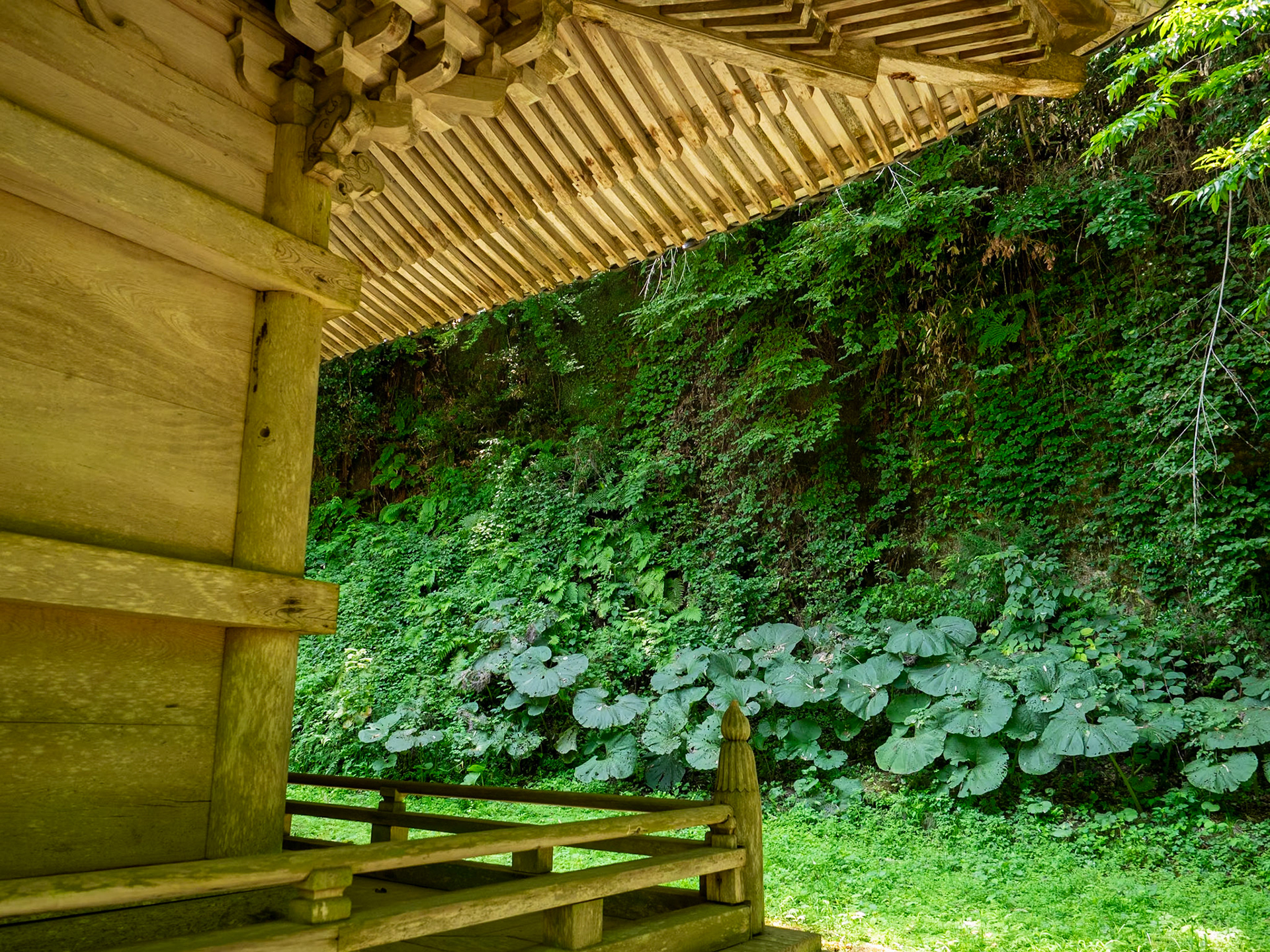
Entsuin Temple, Matsushima

Matshushima Bay
Matsue & The Shimane Region
On the north west coast of Honshu, Matsue is an excellent base for some great sights.
Matsue sits on the shores of Lake Shinji, an enormous brackish lake, and has a castle, a small samurai district, and several onsens, both on the northern shores, and on the southern side of the lake outside town. Though relatively rarely visited by non-Japanese tourists, this part of the country is well set up for travelling thanks to domestic tourism. There is even a small, newly renovated, pedestrian eating street over Matsue Bridge to the north. Though for a taste of the excellent local food specialities it's hard to beat a splurge on the superb kaiseki dinners at the historic Minamikan Ryokan in the same area.
The train ride from Okayama to Matsue is one of the best scenic train trips in Japan, easily rivaling the more famous Hida Wide View train trip across the central alps via Takayama.
Outside of Matsue, to the west, about an hours drive along the shore of Lake Shinji then beyond, is Izumo Ōyashiro, sometimes called Izumo-taisha.
This is one of the oldest and most revered Shinto shrines in Japan. To such an extent that once a year all the Shinto gods gather there for a party. Notable for it's enormous shimenawa, or woven ropes, both on a newer reception hall, and on the much older main shrine, and set in the usual Shinto forested surrounds & woodland, this is a remarkable place to visit.
Further on to the west, another 20 minutes or so by car, is the start of a remarkably scenic drive along the coast of the Shimane Peninsula. Twisting hairpin bends & tunnels run alongside rocky cliffs and outcrops, punctuated by numerous small fishing coves and villages.
The Hinomasaki Shrine is well worth a stop here, with it's vermilion timbers & ancient pines some 50 metres from the sea. Further along is the Izumo Hinomisaki Lighthouse, perched on it's headland as part of a network of nature trails & birdwatching sites. According to a National Parks information board, it's apparently possible to continue this driving circuit around the coast past historic small towns, and back towards Matsue. Though we didn't take this option due to lack of time. Had we known I would have specifically planned for it, such was the beauty of the area.

Izumo Ōyashiro
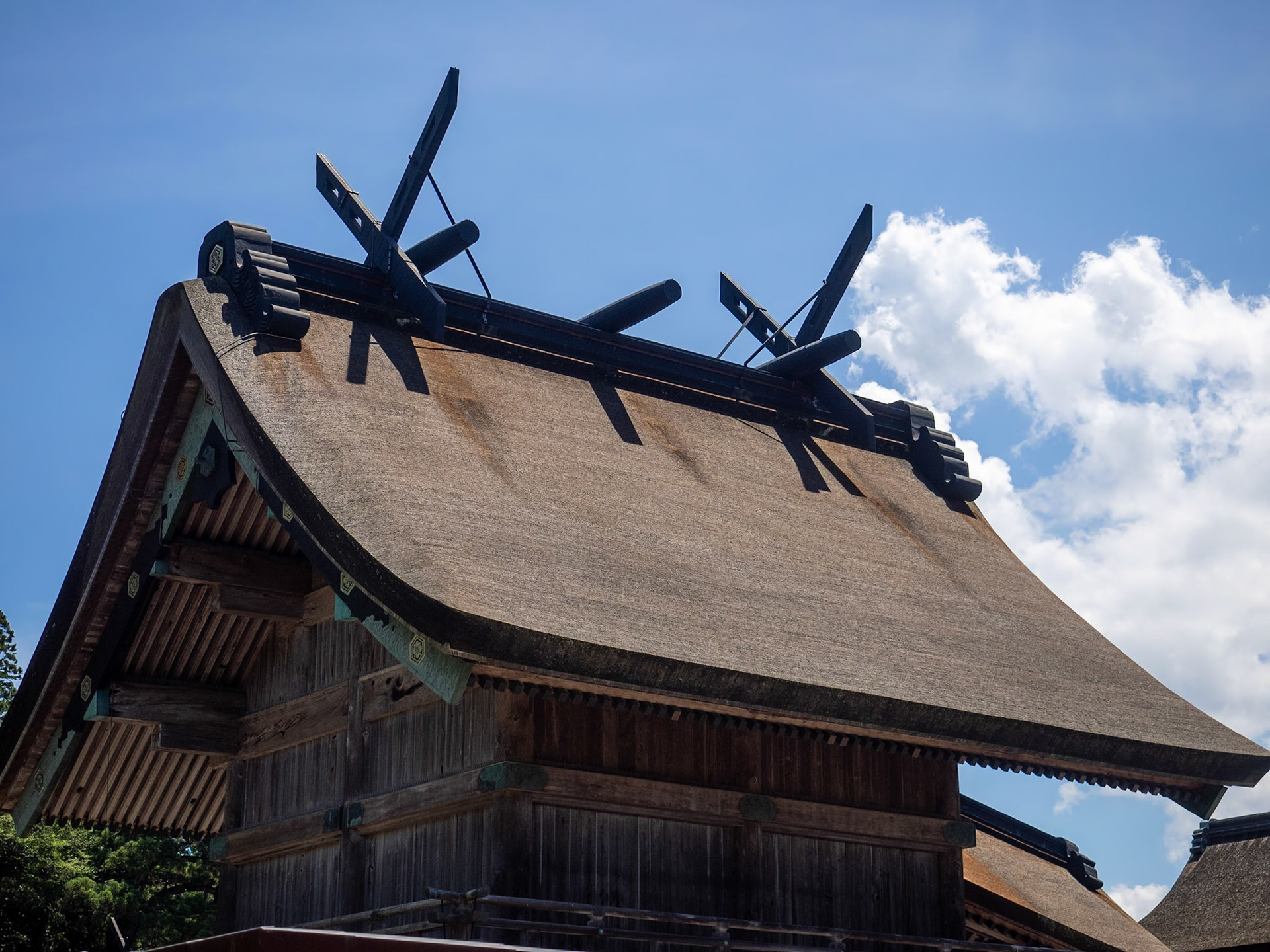
Izumo Ōyashiro
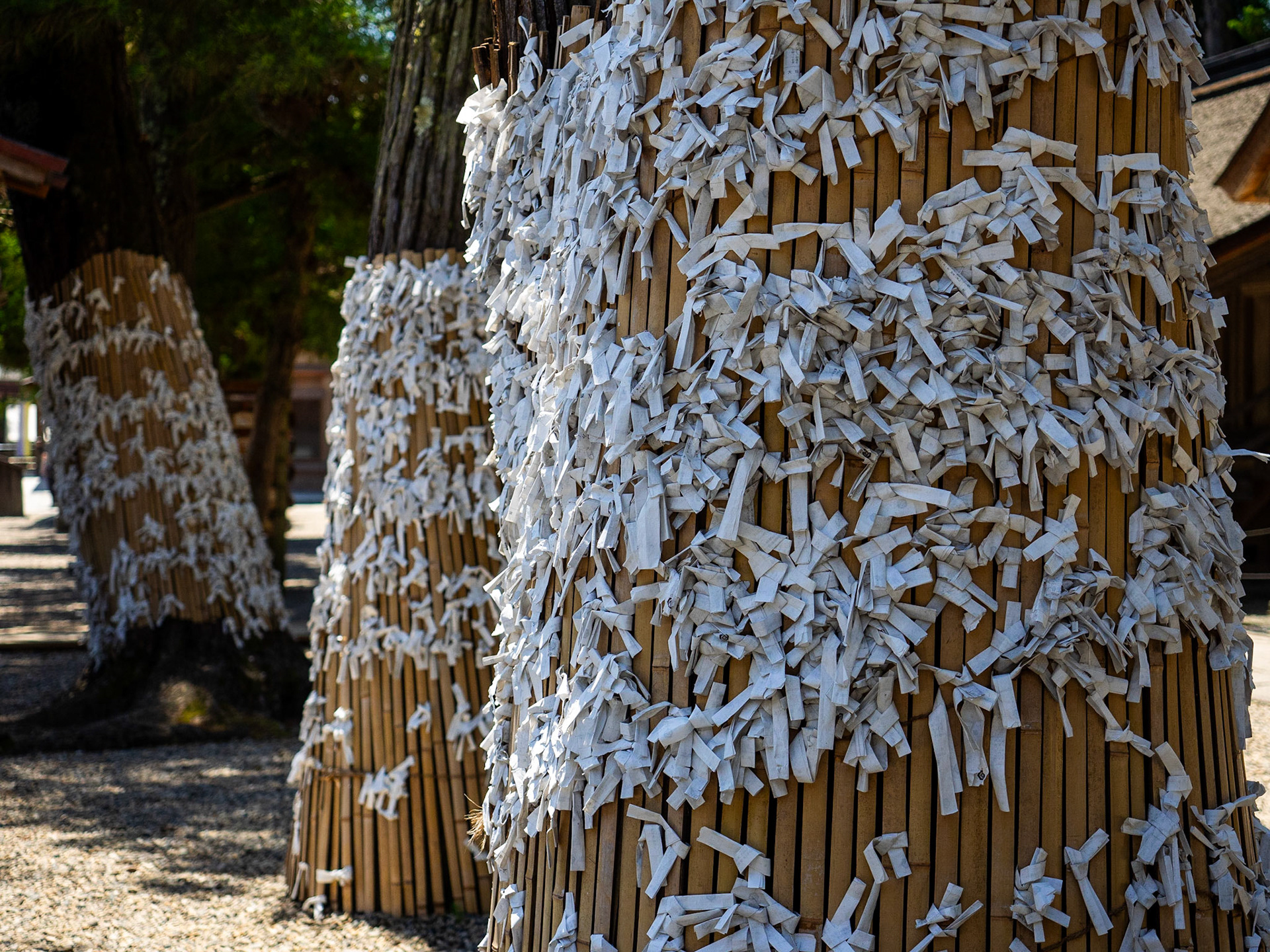
Izumo Ōyashiro

Shimane Peninsula

Hinomasaki Shrine, Shimane Peninsula
To the east of Matsue lie another group of worthwhile sights.
The Adachi Museum of Art is famous for it's gardens, regularly voted the best in Japan. Oddly you are not permitted to actually enter these gardens, but view them from inside the Museum buildings. So in a sense these are a meta idea of a Japanese viewing garden, and as such are pretty without being great. Though the sight of the distant waterfall, artificially created in the distance across a main road, on land specially purchased for the purpose, is a good summation of the ambition & the potential kitsch of the enterprise. A similar thing could be said of Mr Ando's extensive art collection - some worthy ceramics and craft pieces, a mixed bag of ink works and mid 20th century paintings, some more interesting recent art works, and some truly awful illustrations of saucer eyed children and kittens.
For a much more immersive garden experience, the gardens at Yuushien, on an island in Shimanes' second huge lake, are the go. Distinctly an actual commercial nursery, specialising in peonies and ginseng, these are a different take on the concept of a Japanese garden.
It's easily possible to combine these destinations to the east in a days drive, and possibly some nearby Shinto shrines as well, but note the actual driving time can be lengthy due to large sections being commercial truck routes. Unfortunately I don't have photos of the local chain of hot pink service stations obviously set up to cater for these truckers.
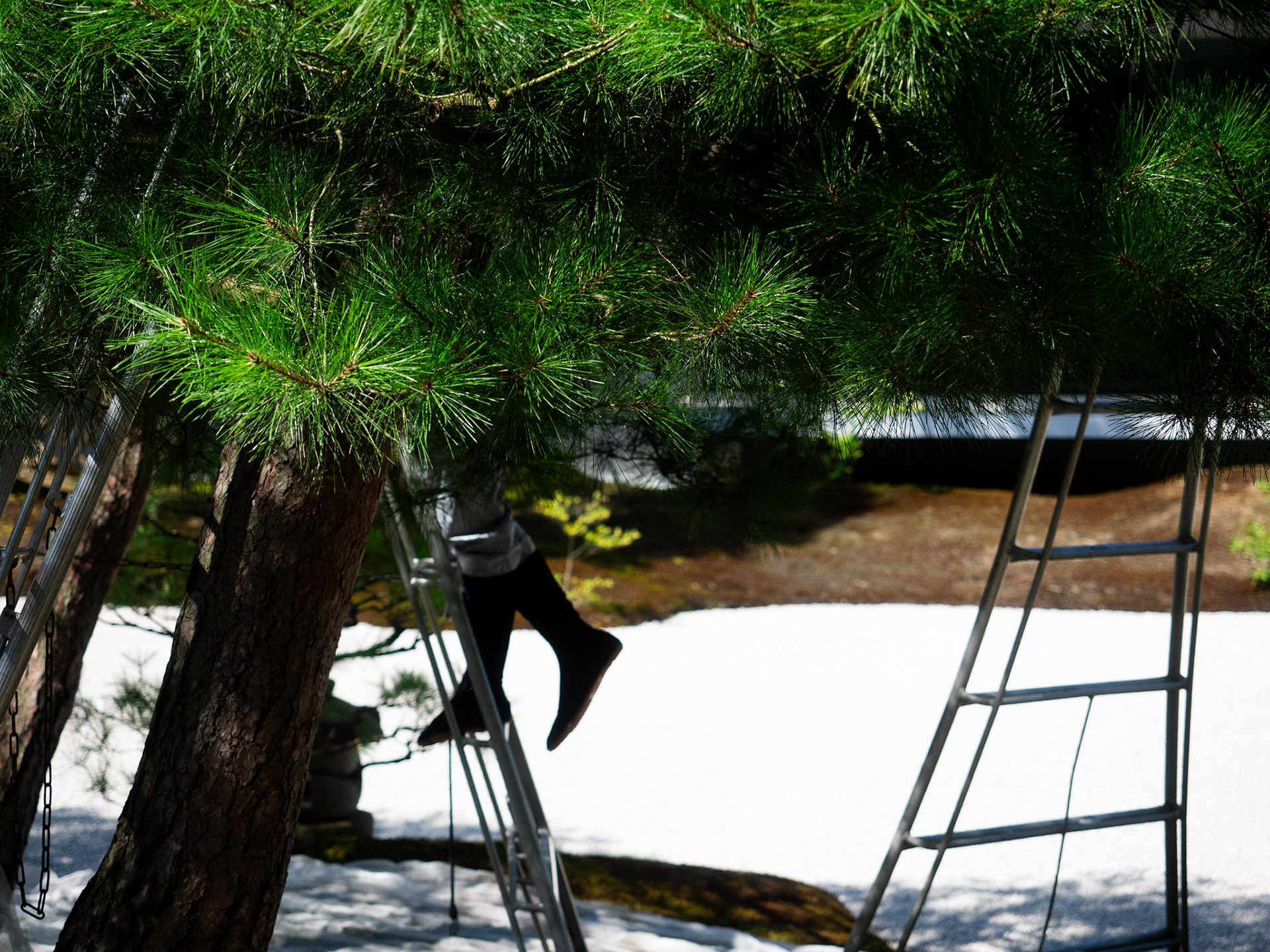
Adachi Museum Gardens
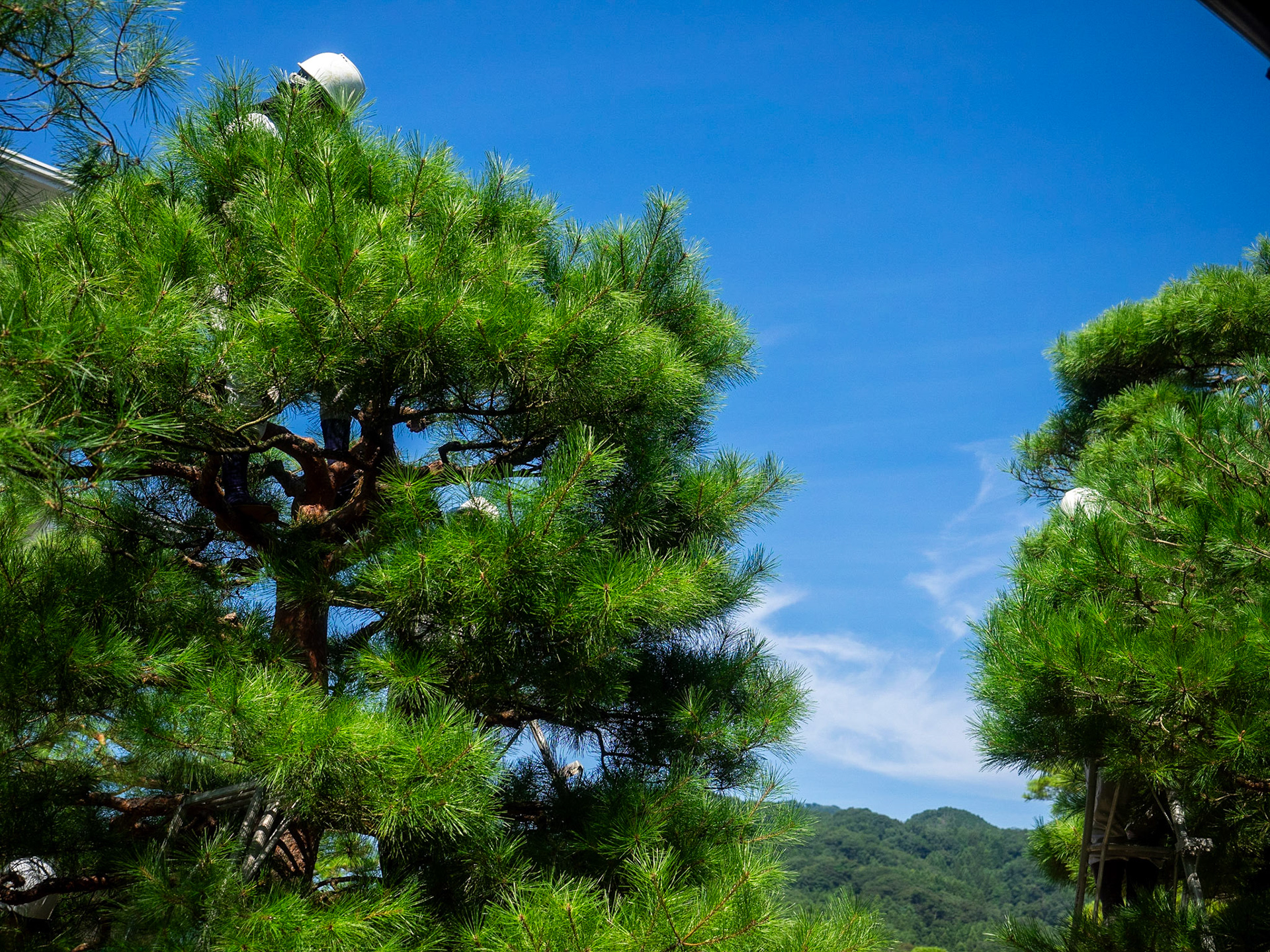
Adachi Museum Gardens
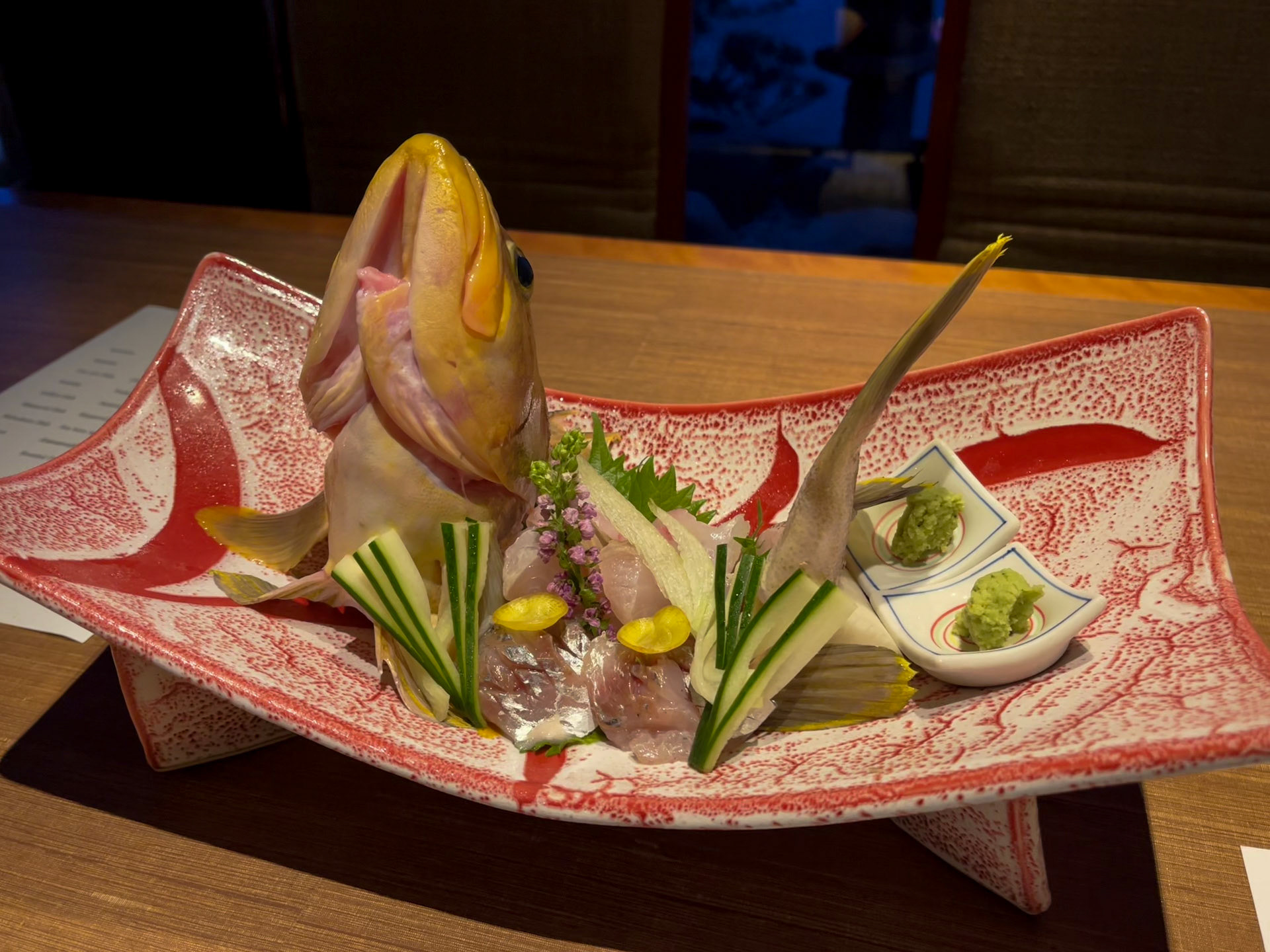
Kaiseki, Matsue
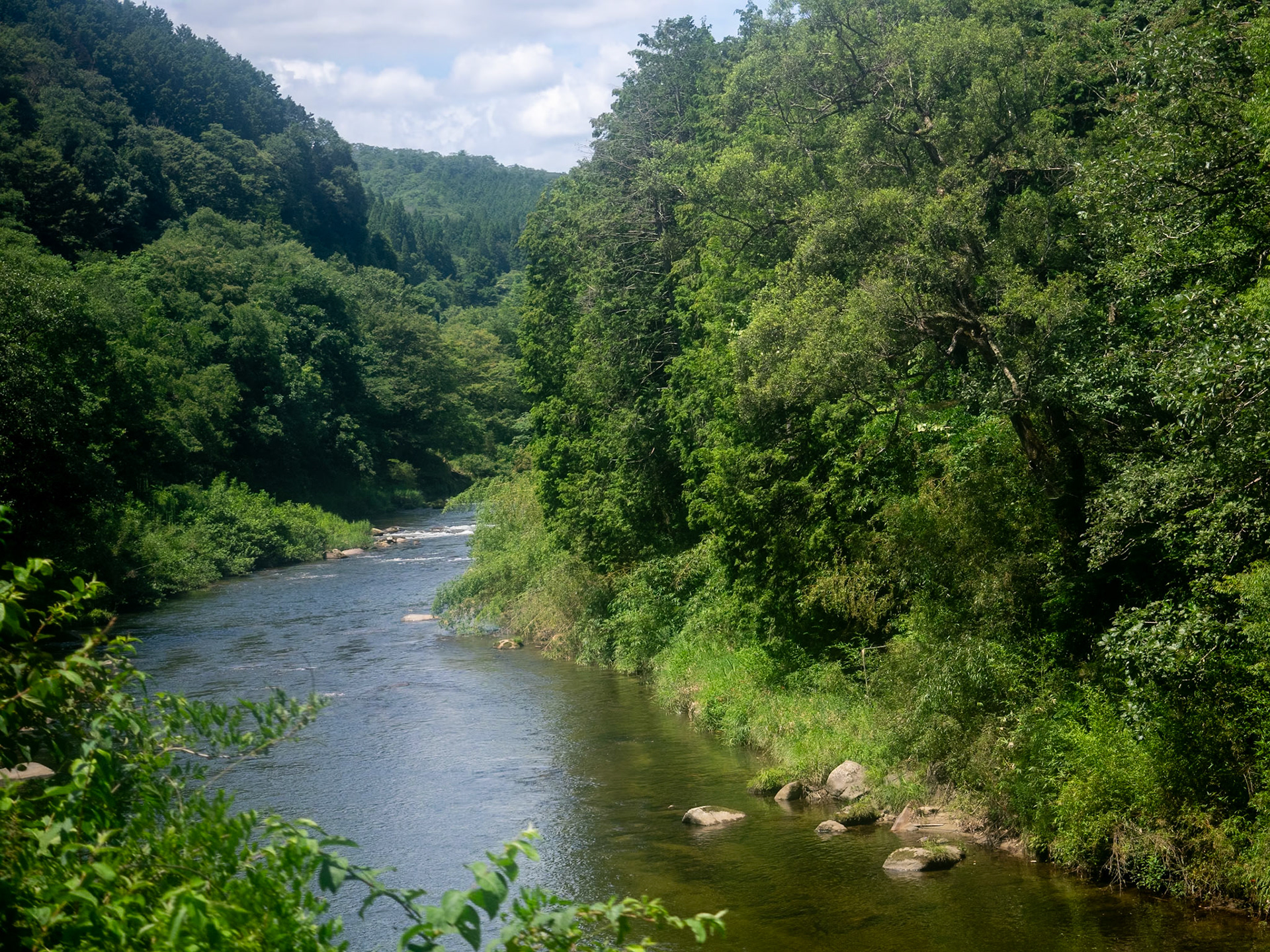
Train between Matsue & Okayama
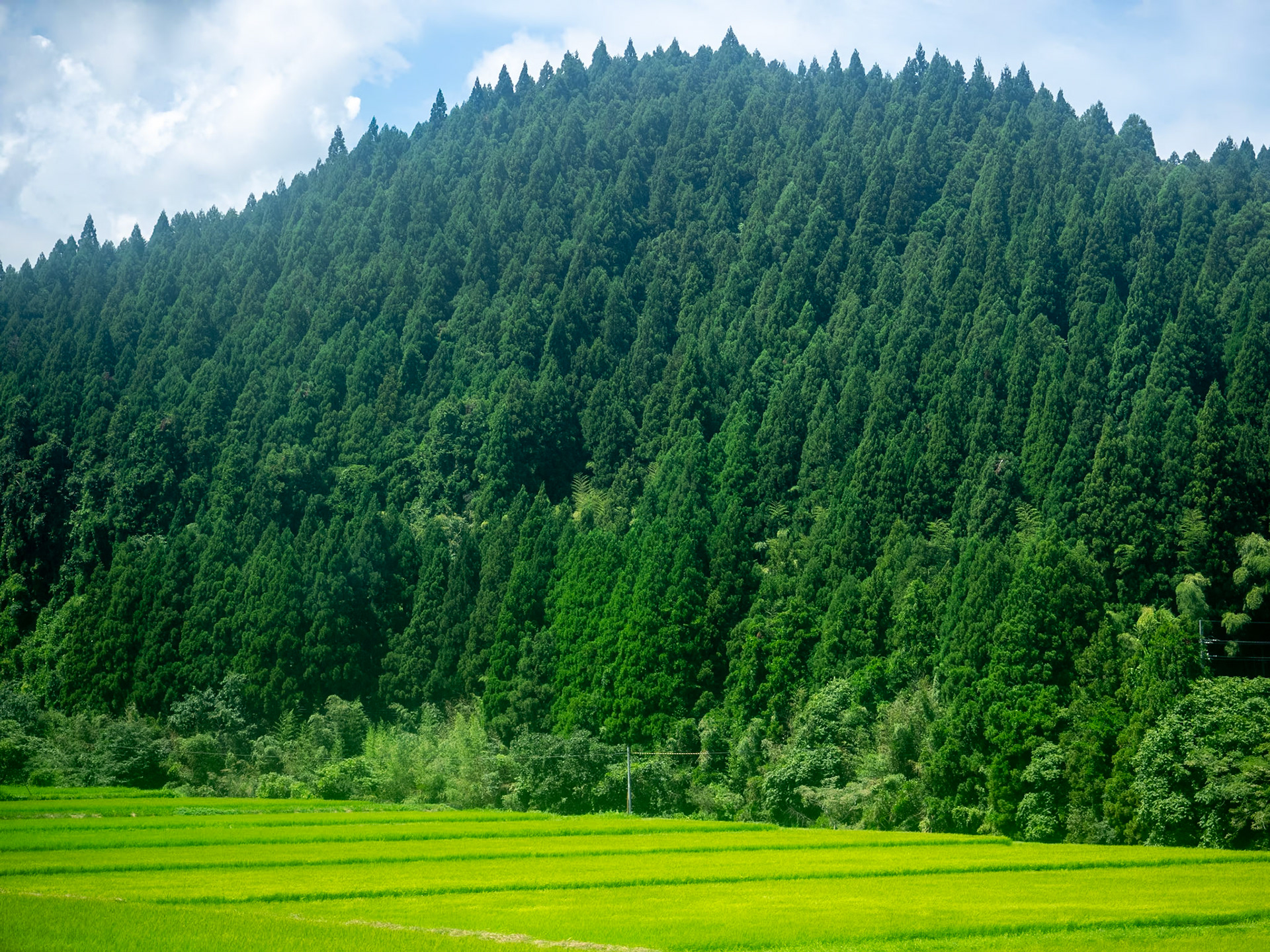
Train between Matsue & Okayama
Wakayama & Mount Koya
Wakayama is a small, sleepy city to the south of Osaka. Easily reached from Osaka by local train, Wakayama has some quintessentially Japanese attractions, and makes a very good base for a day trip by car to Mount Koya.
Wakayama itself has a picturesque castle, better seen from a distance, surrounded by quite small historic gardens. Back in the day Wakayama was a bit of a resort town, famous for it's fresh seafood & beaches. Nowadays it's most famous attraction is the Cat Train.
This is a short, uber local, line of some 14 kms, with various themed trains running between Wakayama Station and Kishi Station. Kishi Station is where you'll find the small shrine dedicated to Grand Stationmaster Tama, the cat who is credited with saving the railway thanks to his popularity. Kishi is now the main home of Tama II, and his eventual successor, Tama III. There are different trains, two original 'Cat Trains", a 'Strawberry Train', an 'Umeboshi Train', and, for an absolutely over the top experience, the newly introduced 'Tama Museum Train'. A day ticket allows you to hop on & hop off at stations along the route - there are some shrines and temples worth a quick look near several stations - and therefore catch a range of these trains.
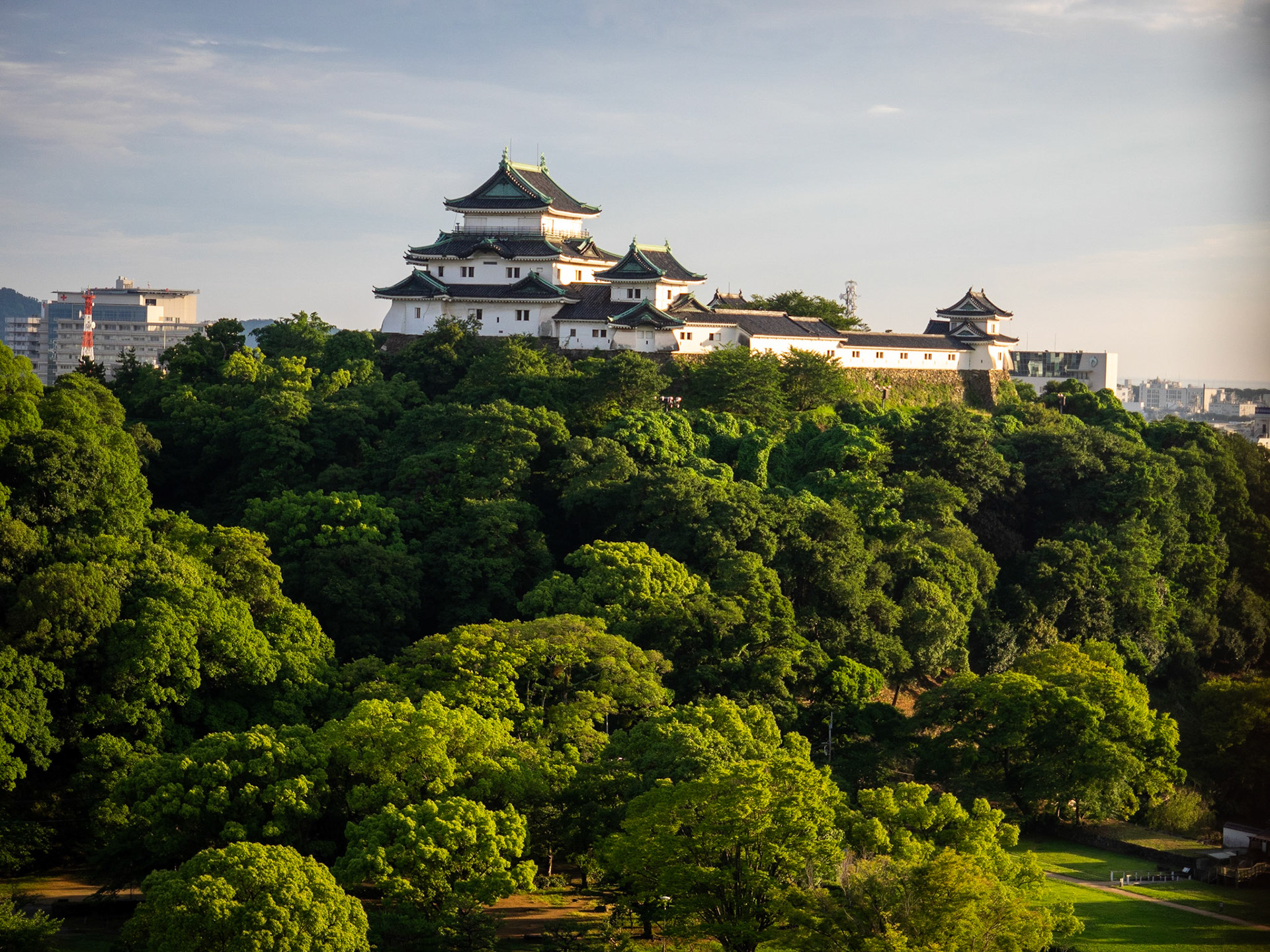
Wakayama Castle

Tama Museum Train, Wakayama
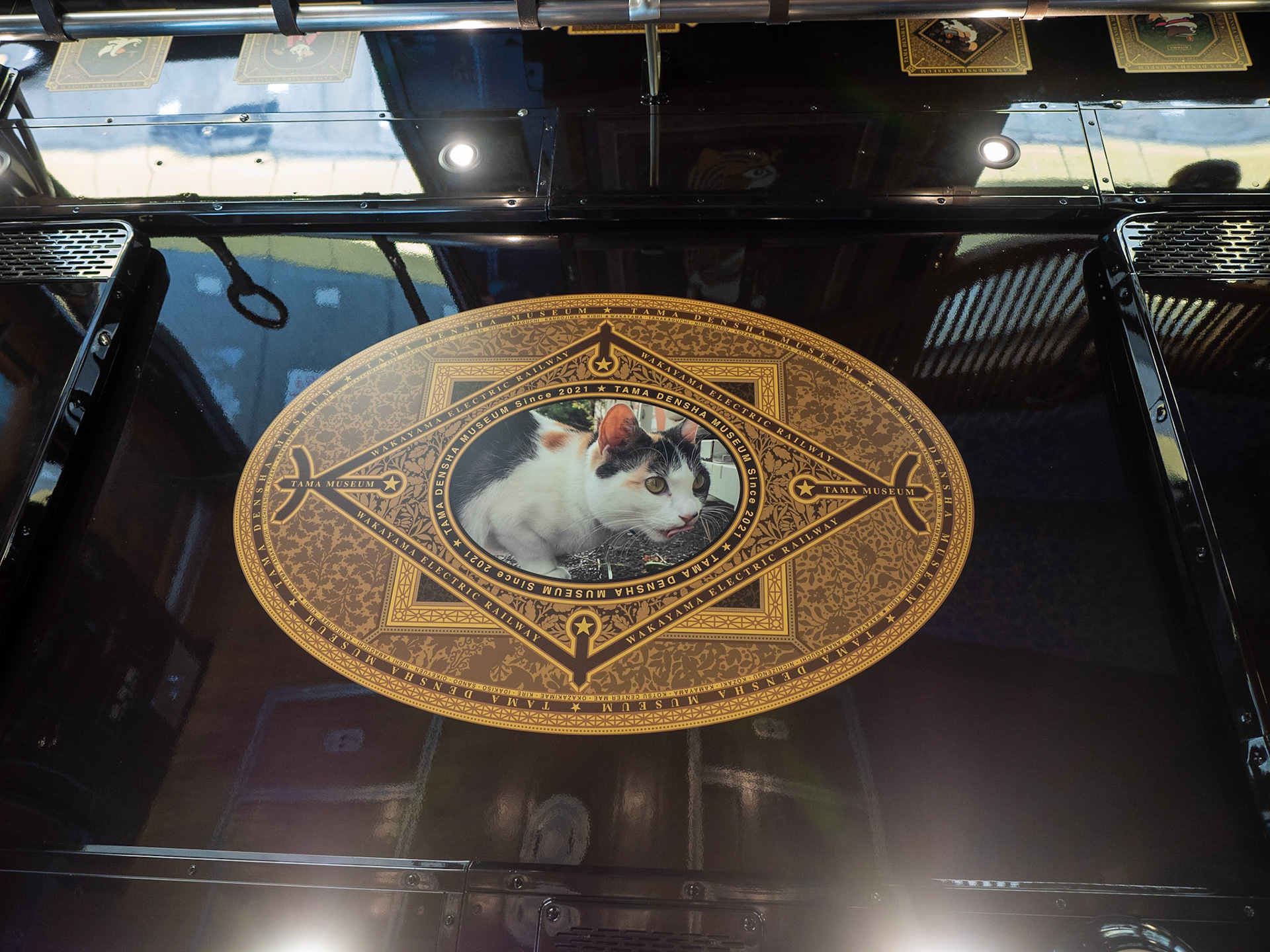
Tama Museum Train, Wakayama
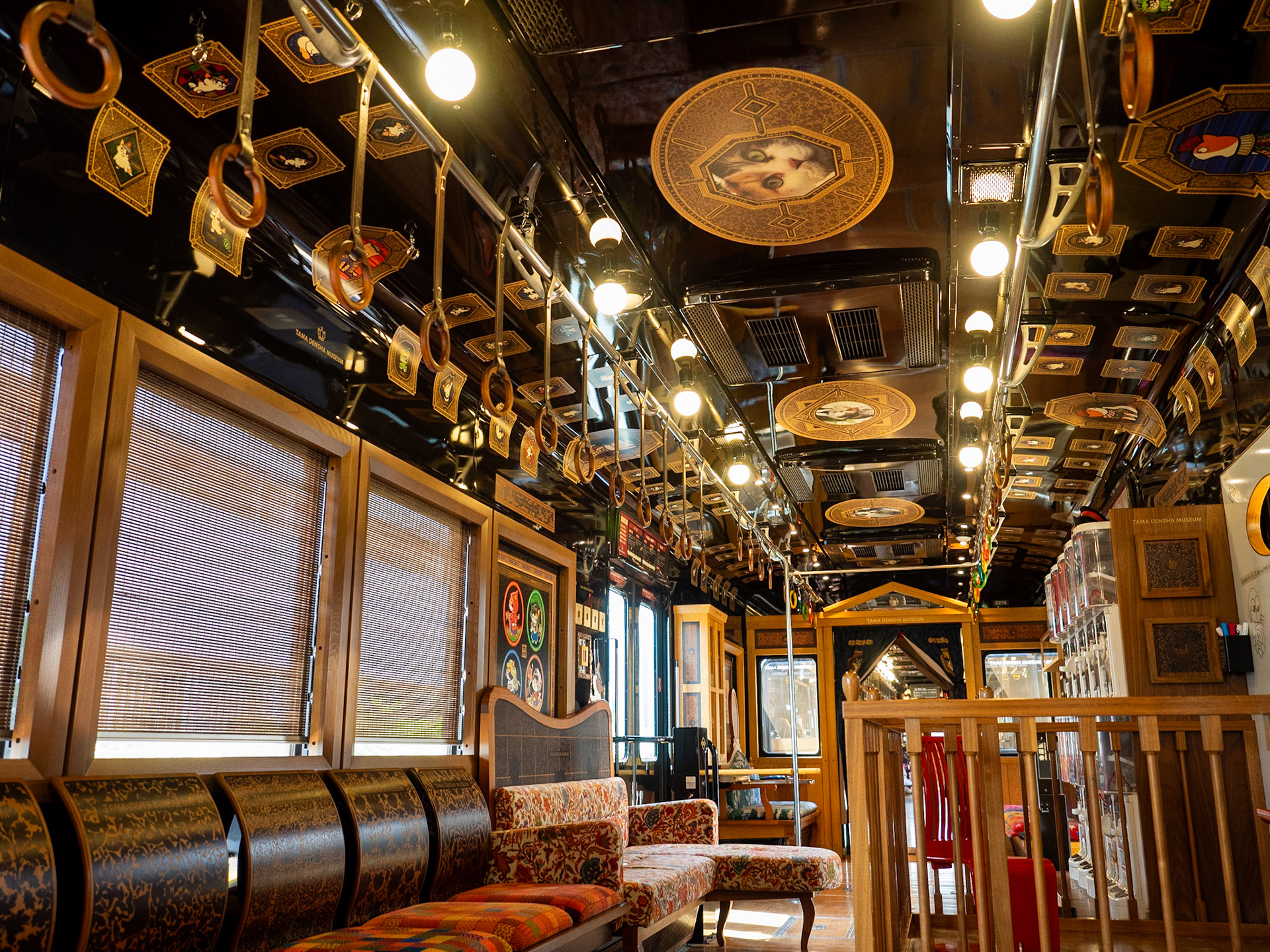
Tama Museum Train, Wakayama

Tama Museum Train, Wakayama
Mount Koya
Mount Koya, or Koyasan, is one of the most sacred Buddhist sites in Japan. Perched on a mountain top east of Wakayama, and south of Osaka, it consists of numerous monasteries, and Japan's largest graveyard, all set amid towering cedar & spruce trees. Extremely popular as a Japanese pilgrimage site, the town is well set up for tourists, pilgrims, & day trippers.
Some of the highlights of Koyasan include Japan's largest Zen rock garden at Kongōbu-ji, the drum shaped edifice of Kongobu-ji Danjo Garan, and the extensive cemetery leading to the mausoleum of Kobo Daishi, founder of Shingon Buddhism. This 2 km walk is a must, and can be done as a sort of loop. As well as the atmospheric ancient graves, the mist, cloud & trees, keep an eye out in the early sections for the modern corporate memorials.
Most guides seem to recommend a long days train travel to get to Koyasan from Osaka. I say do as the locals do and drive. Assuming you're not actually undertaking the full pilgrim experience and spending days on the Kumano Kodo trail. The less common access road from the south of Koyasan, following the Arita River, is spectacularly scenic, crisscrossing rivers, streams, and passing through small mountain villages. A very fortunate byproduct of us getting lost, not having figured out Japanese GPS systems at that stage.

Koyasan

Koyasan
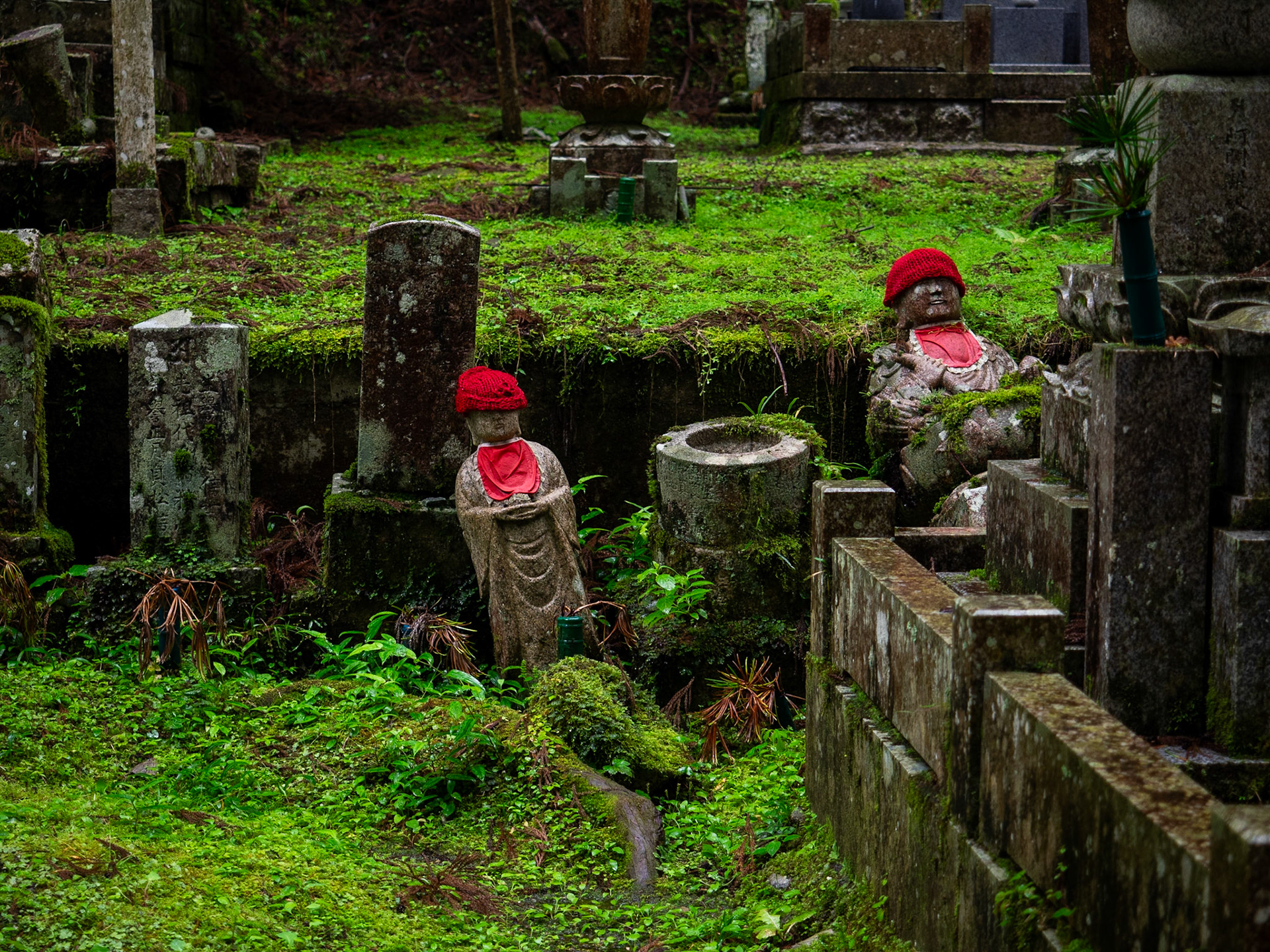
Koyasan

Kongōbu-ji, Koyasan
Kanazawa
Kanazawa, on the west coast of Honshu, regularly features in Japan guides as an add on to the main sights of Tokyo, Kyoto & Osaka. I'd put it instead as a must visit, easily eclipsing Osaka, and possibly neck & neck with Kyoto.
Straightforward to get to by train, though a detour south from Tokyo to take the Hida Wide View option via Takayama is well worth while, Kanazawa has some outstanding things to see and do.
Kenroku-en is genuinely one of the great Japanese gardens. And I've visited a lot of Japanese gardens.
The 21st Century Museum of Contemporary Art has excellent shows from both International & Japanese artists.
Seemingly forgotten, the National Crafts Museum has relocated from Tokyo, and, based on what we saw, has superb themed exhibitions. As far as Japanese crafts goes, even better than the displays at the main Tokyo museums.
If that's not enough, there's a restored castle, an interesting architecture museum, the Yoshiro and Yoshio Taniguchi Museum of Architecture, a really accessible tourist bus circuit, and a great food scene, specialising in seafood, and regional produce, including sake, from the Noto Peninsula.
Speaking of which, the main fish market is also full of lunchtime eating options, and tucked away in the historic samurai district of Naga-Machi, is the Moron Cafe, which served the only genuinely Melbourne level strong coffeee we encountered in two months. Which matters. The railway station also has just about the best selection of ekiben that we came across, so you can even depart Kanazawa happy.
The only possible downside to Kanazawa is that it revels in it's reputation as one of Japan's rainiest cities, so carrying an umbrella is pretty much essential.
One quirk of Kanazawa is that people concerned about the very low birth rate in Japan might be reassured by the numerous vintage prams being pushed around. At least until they realise that these contain dogs of various sizes & ages, in summer often with their own personal mounted cooling fans.
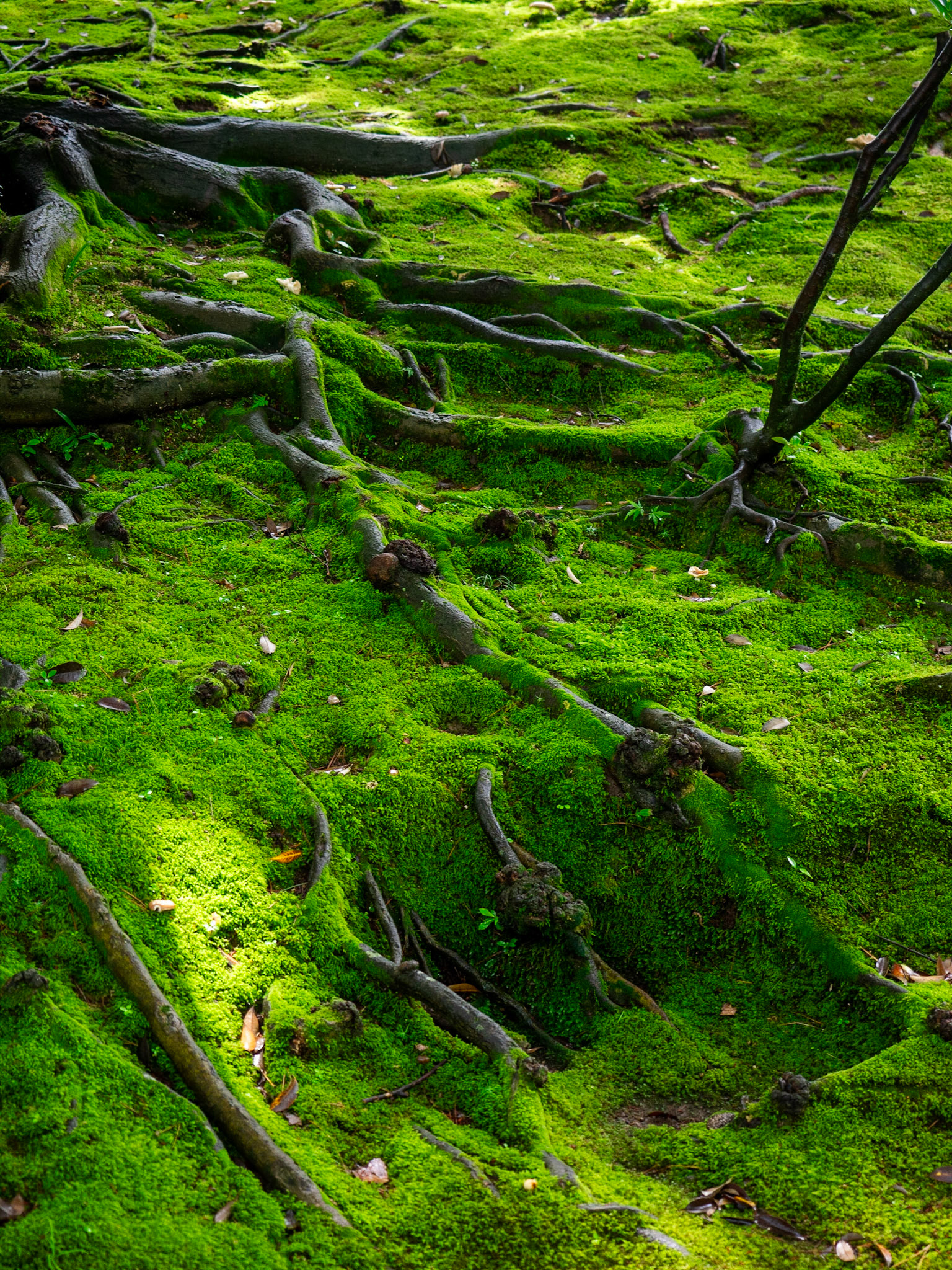
Kenroku-en, Kanazawa

Kenroku-en, Kanazawa
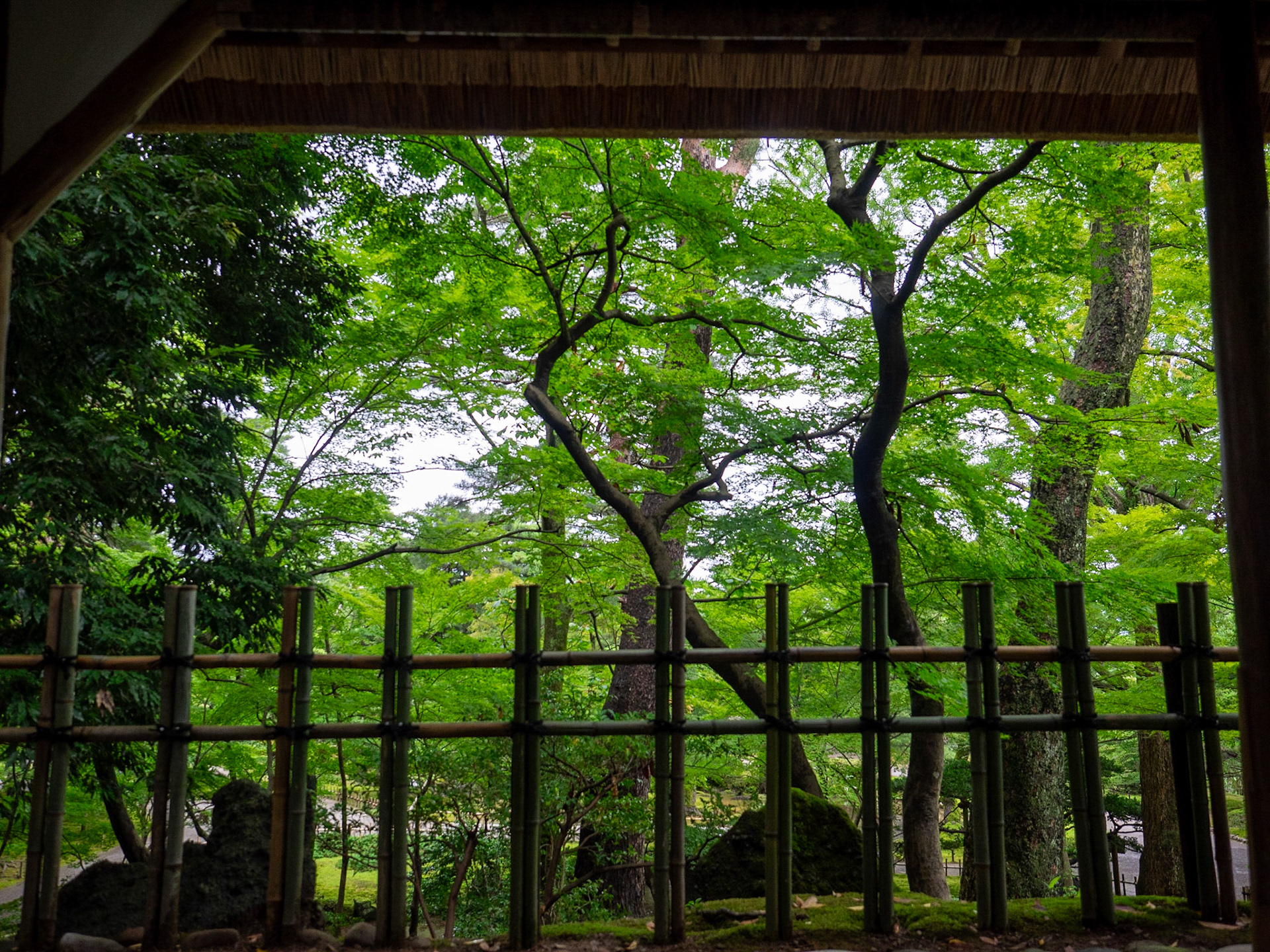
Kenroku-en, Kanazawa

Kenroku-en, Kanazawa
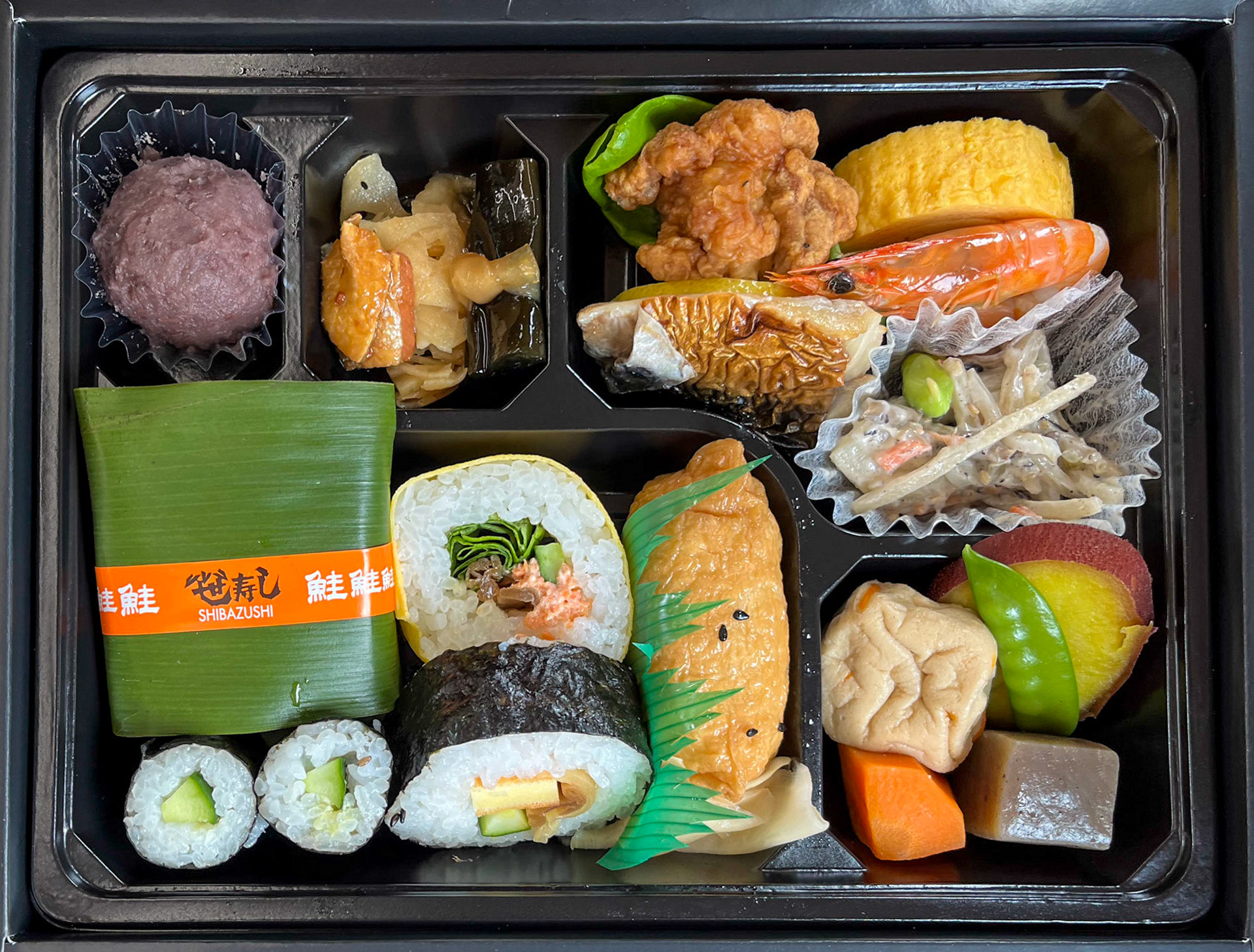
Ekiben, Kanazawa

Train between Takayama & Kanazawa
Okayama, Himeji, & Naoshima
Okayama is a medium sized city, that makes a good break on journeys between Honshu & Kyushu, or as a stepping stone to Naoshima, or across to Matsue and the west coast.
It's a pleasant place, with most accommodation and eating within easy distance of the station, and a useful tram network for visiting a range of pleasant sights. These would include the renovated castle, with it's internal museum, and Koraku-en Gardens, reputedly one of Japan's top 3, though aesthetically I found them coming up short compared to quite a few others. It was in the choice of eating venues that I thought Okayama shone, with some top notch tempura & modern Japanese cuisine choices among others.
Outside of town, a short local train ride away, Kibitsu Jinja is a quite interesting Shinto shrine with a garden that is highly seasonal to be at it's best - peonies & hydrangea feature strongly along the with the usual maple trees.
Himeji, just up the shinkansen line towards Osaka, is another smallish, pleasant city, with again pleasant, but seasonal, gardens around the famous castle. The City Museum of Art can have some interesting special exhibitions.
Naoshima
Famous as one of the 'Art Islands' in Japan's Inland Sea, Naoshima features highly as a supposed art destination. So should you go? Hmmmm would have to be my response - maybe.
Firstly, many people try and go as a day trip. Given the the time consuming, but not particularly difficult bus, train & ferry connections required to get there, this is really pushing it. On the other hand staying on Naoshima tends towards the very very expensive. And the scenery is excellent in parts, whereas the art itself is a very mixed bag. It should also be noted that transport around the island, even using reserved buses as well as public options, is quite time consuming - if you're trying to actually look at stuff it's a hassle to either rush to make a connection, or wait up to 45 minutes to get to the next site. And for those riding bicycles, the island is surprisingly hilly, with fair distances between venues.
Some thoughts on Naoshima as an art destination. Firstly, there are some excellent contemporary art works inside the Benesse House Museum. Being able to walk around undisturbed and appreciate them by virtue of actually staying at the Museum was wonderful.
Secondly there are some very interesting pieces and installations as part of the Art House Project in Honmura itself. All open via the purchase of a combined ticket from the Honmura Lounge & Archive. Looking at stuff, and walking around the small town is a full half day or more in itself.
On the other hand, the touted outdoor sculptures, dotted around the Benesse area, are pretty average. Instagram stuff, rather than any serious contemporary scuplture. And I include Yayoi Kusama's Pumpkins in this. Don't get me wrong. I've seen some outstanding artworks by her over the years, but these are not some of them.
As for the Chichu Art Museum, this is an over the top memorial to 'High Art' as a religious experience, housed in one of superstar architect Ando's concrete behemoths, that manages to remind me of Totalitarian architectural statements even more than usual. Add the reverential, but rigidly regimented staff, the repeated queuing, and of course the compulsory wearing of disposable slippers, before you are even permitted into the presence of some of Monet's 'Water Lily' paintings....
Which, by the way, are quite poor examples of this great series.
I did meet people who loved this experience. As an artist, and someone who trained during a time that rejected the commodification & glorification of High Art, this just really, really grated.
So in summary. I wouldn't call Naoshima essential. If you're only into Insta, go for a day, photograph a pumpkin, & you'll be happy. If you're more deeply into art, then pick & choose selectively what you spend your time on.
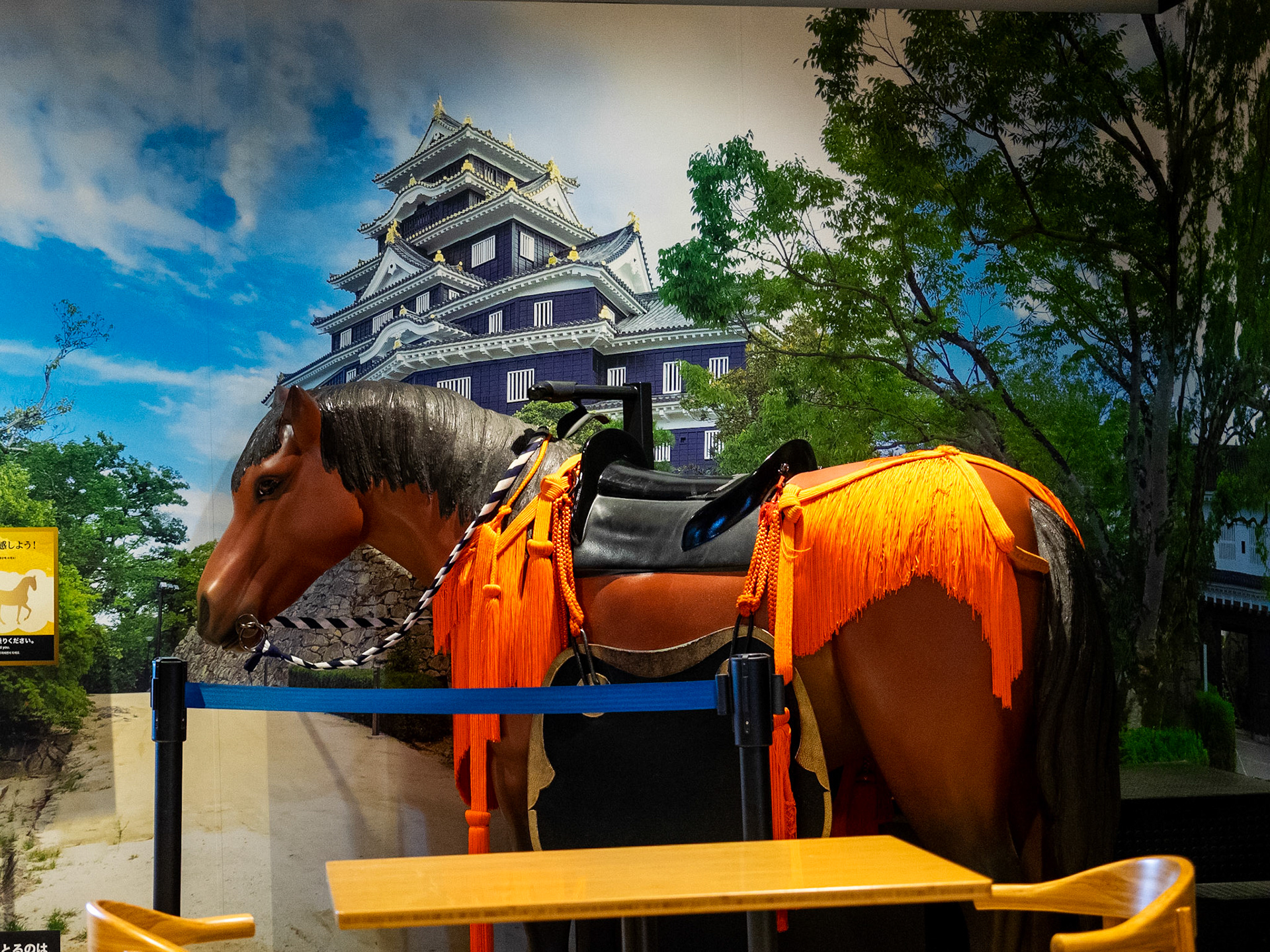
Okayama Castle

Kibitsu Jinja, Okayama

Kibitsu Jinja, Okayama
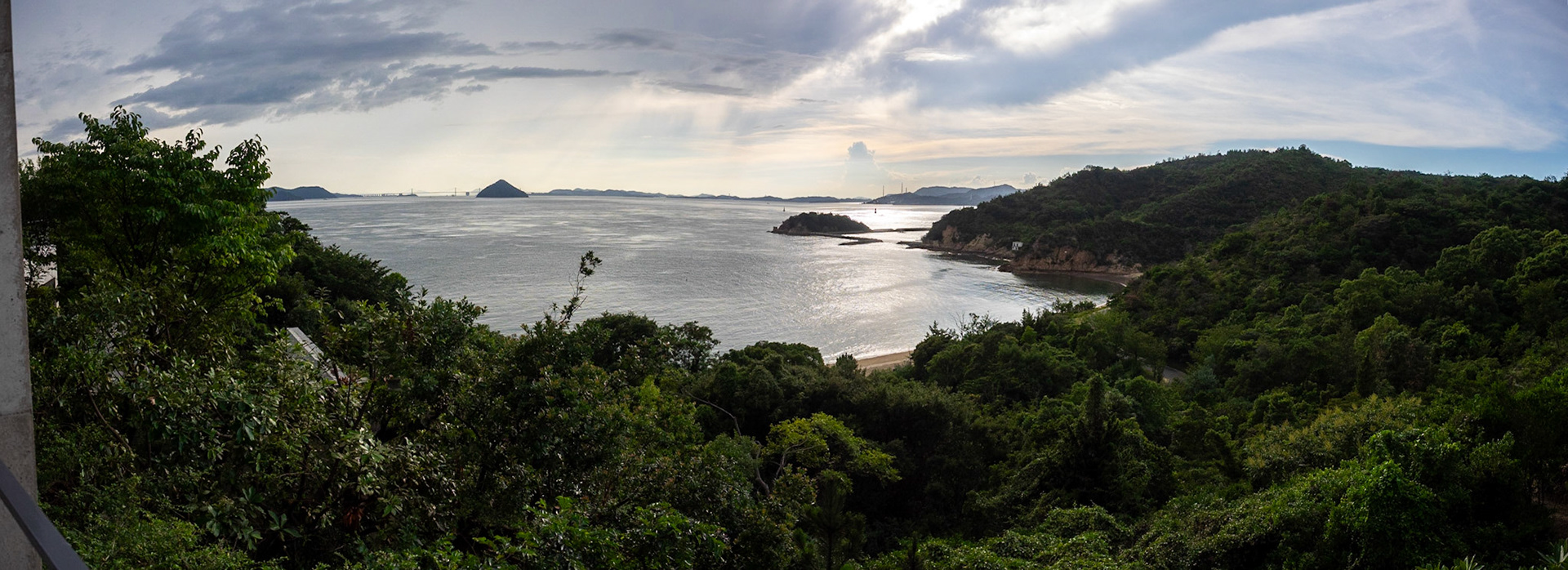
Naoshima
Nikko
Nikko and the surrounding area is quite well known, often as a rushed day trip from Tokyo.Each days sees a flood of people pour off the cute little local line train at Nikko Station, then rush around trying to see the main sights (which are all some distance from the town centre & station), then by 3.00 pm they're gone, back to Tokyo.
Staying in Nikko, or thereabouts, and hiring a car for a day or two means you can miss much of this, and take in some other sights & scenic places at leisure, while visiting the headline attractions before or after the day trip hordes. It was quite noticeable that a lot of Japanese visitors to Nikko chose that option.
Nikko is most famous fro the mausoleum of Tokugawa Ieyasu, the Toshogu. Possibly the most ornate shrine in Japan.
Almost as interesting & well known is the mausoleum of Iemitsu Tokugawa, his grandson, known as the Taiyun.
A quick look at the largest temple in town, the Rinnoji Temple, a stop for selfies amid the traffic jam by the Shinkyo Bridge, and that's about it for most visitors.
However, I'll put in a bid for some other very worthwhile activities.
The Nikkō Tōshōgū Museum is a modern & well organised spot to get some context. Opposite Rinnoji, the gardens of Shoyo-en are a little marvel, and can be seen on their own ticket.
And out of town, a drive up to Lake Chozenji, via the 48 hairpin bends of the one way road, is an excellent half or full days excursion. Once you're at Lake Chozenji, there are the Kegon Falls, with their "only in Japan" elevator down to a viewing platform, or a very pleasant lakeside stroll round the old English & Italian embassy residences. Lake Chozenji is well known for it's sport fishing, a vestige of this 1920's popularity, and there's a good selection of mounted fish (& a stuffed bear that wandered into town) at the old school fishing restaurant beside the fishing docks. Further along the south shore, a drive up the Chozenji Skyline road offers great views.
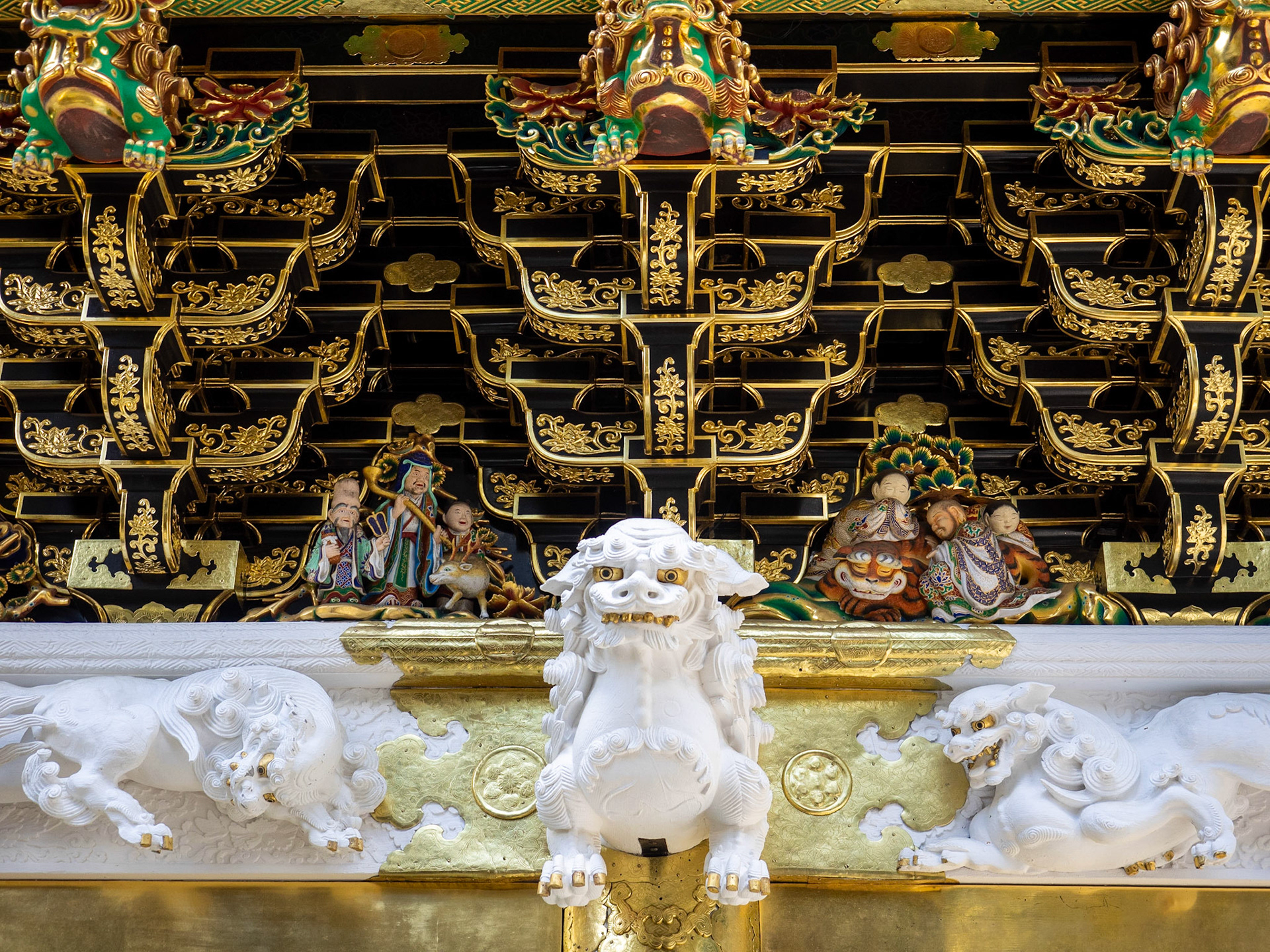
Toshogu, Nikko
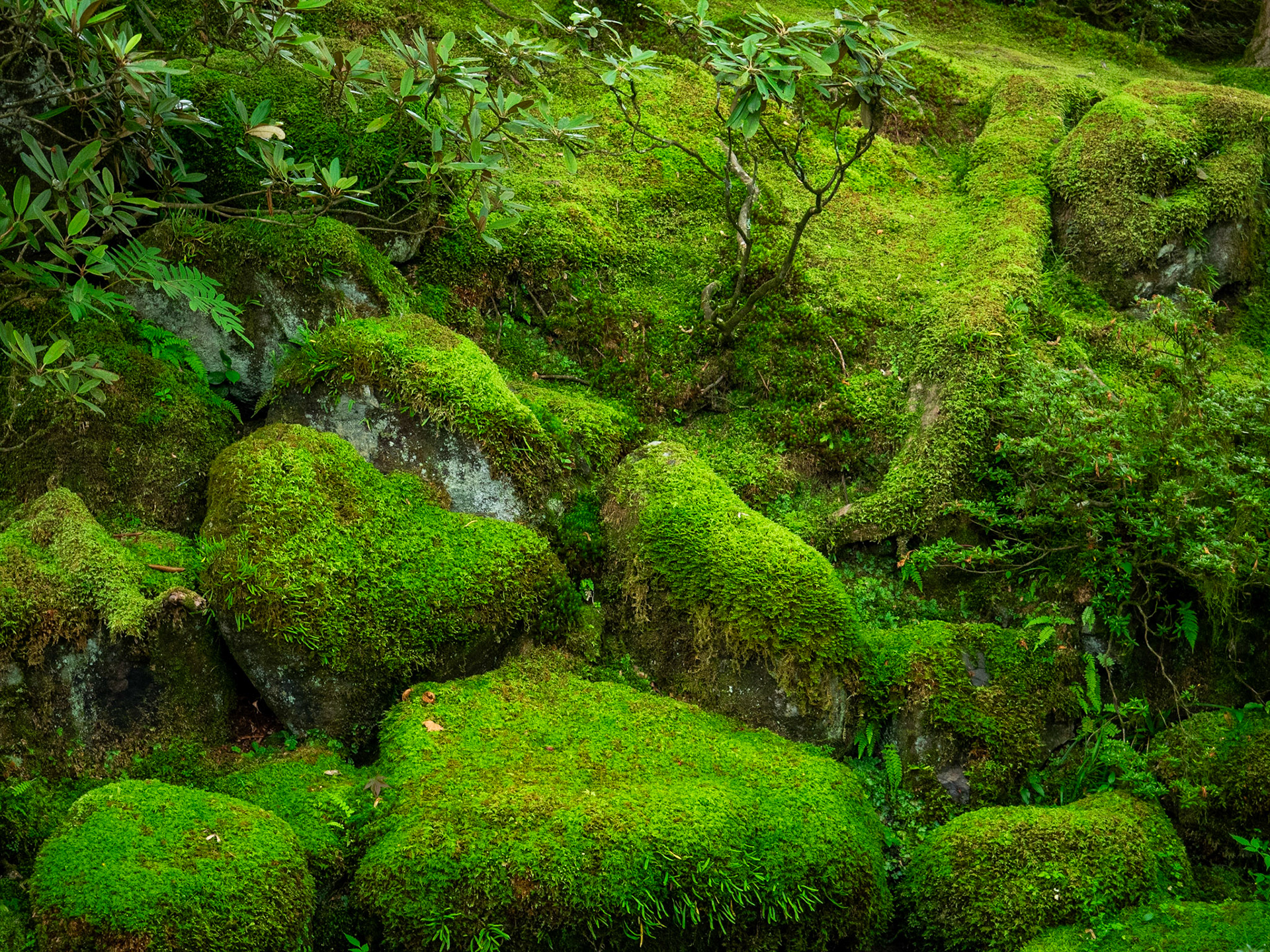
Shoyo-en, Nikko
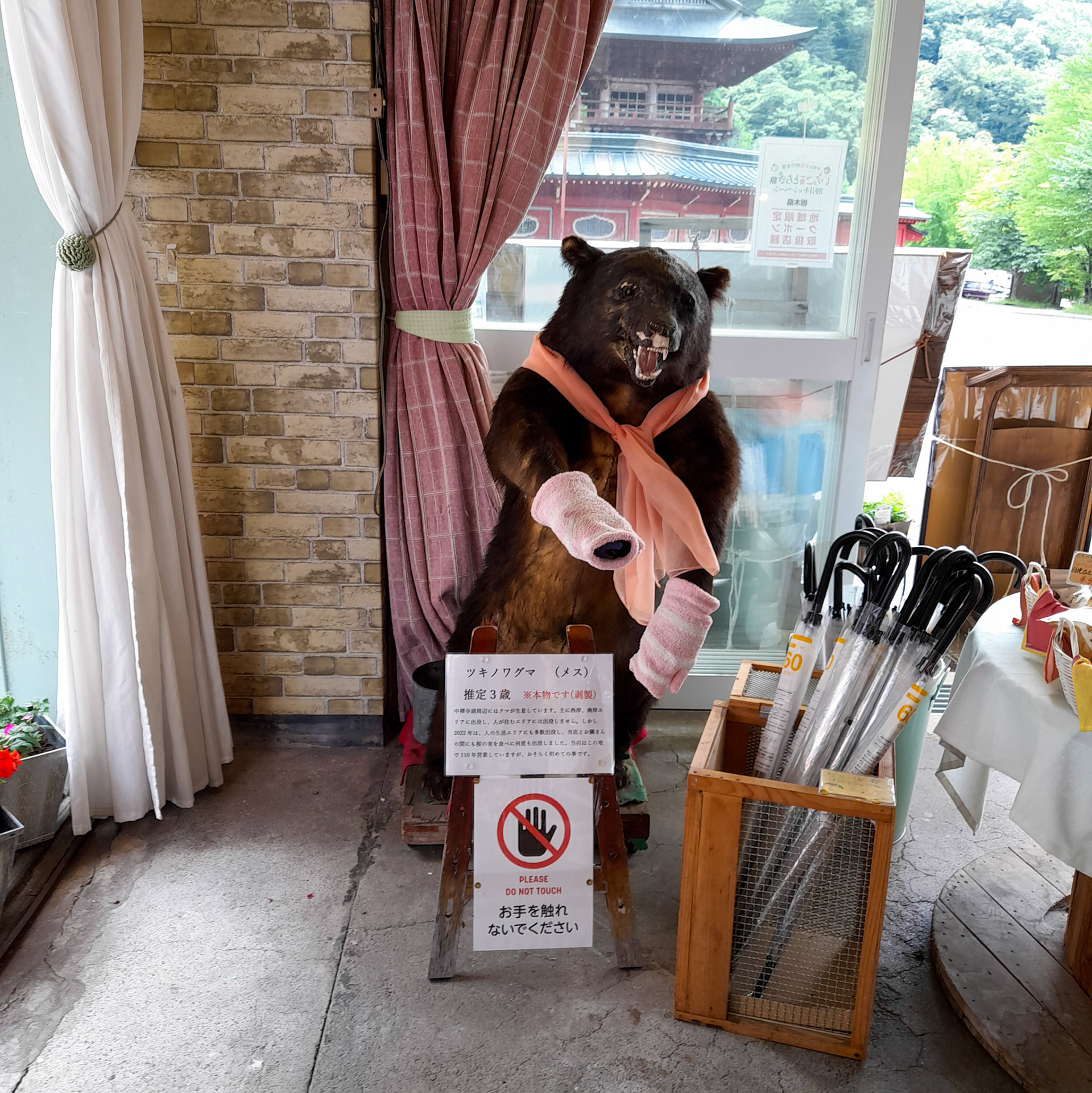
Restaurant, Lake Chozenji
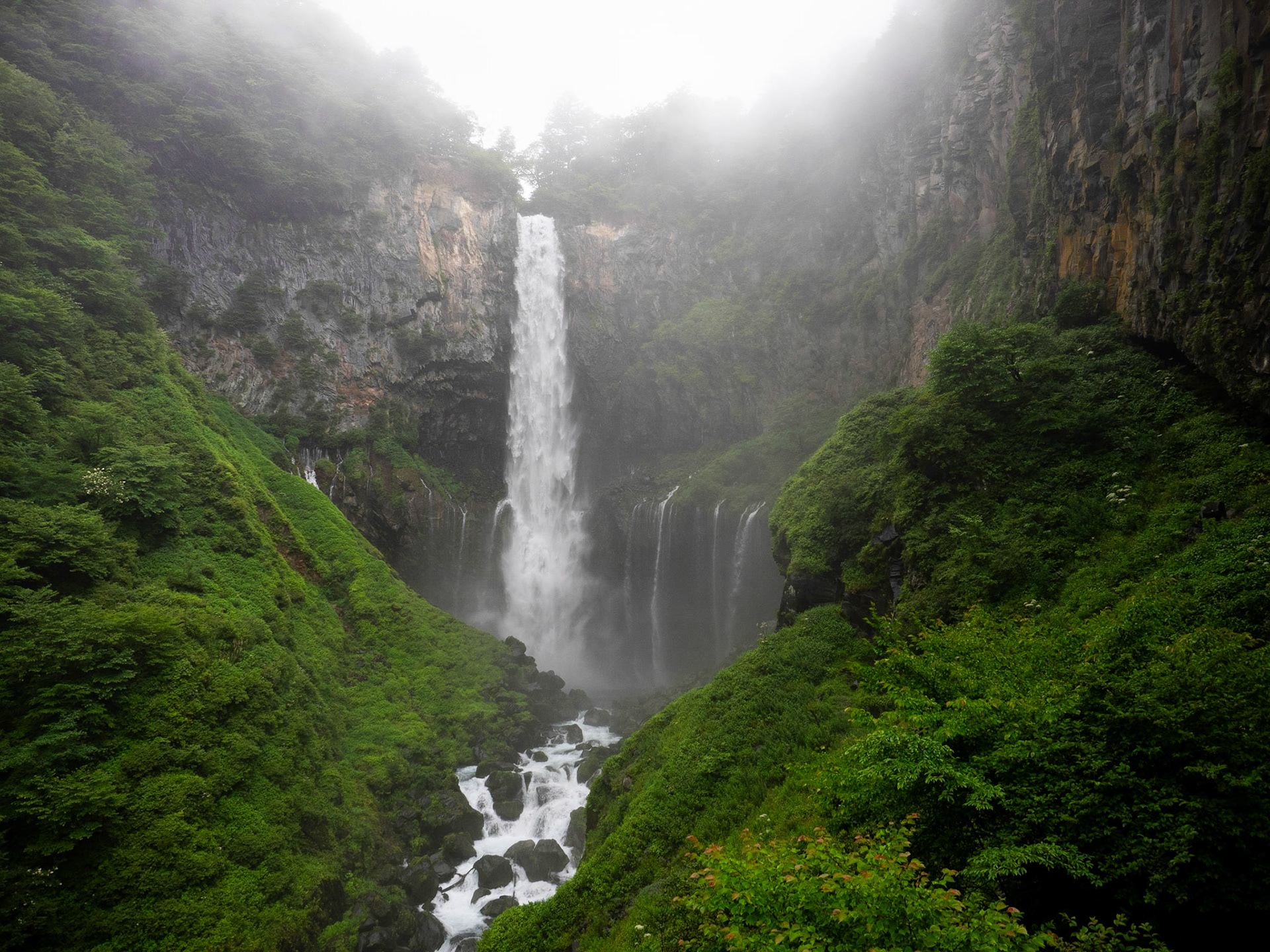
Kegon Falls, Mikko
